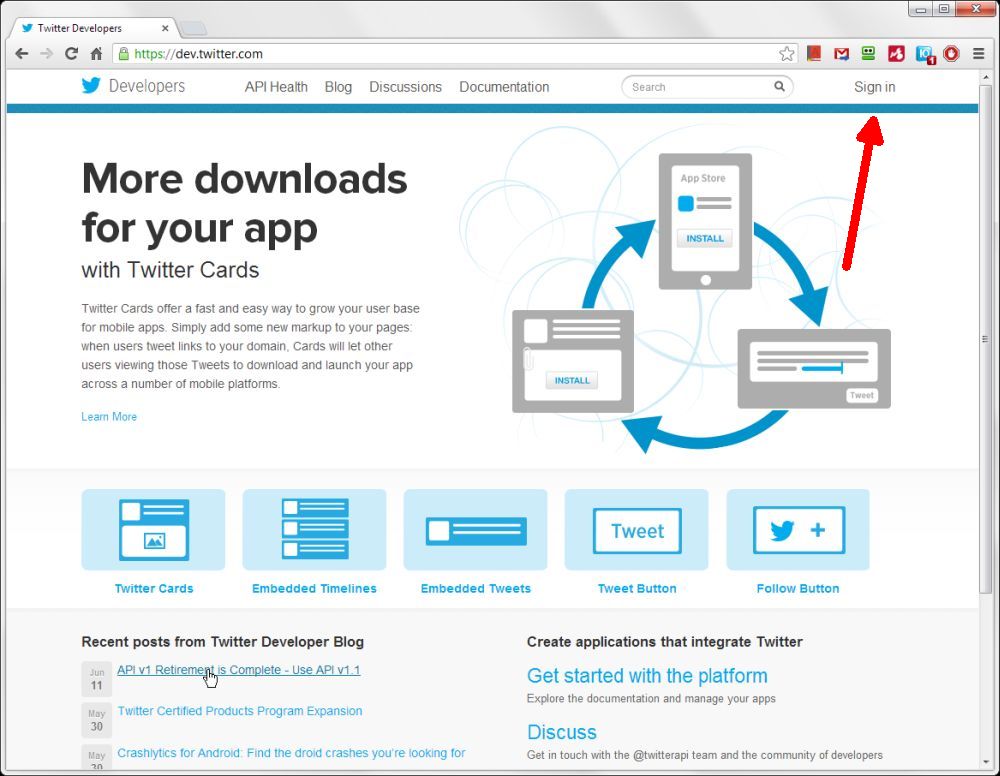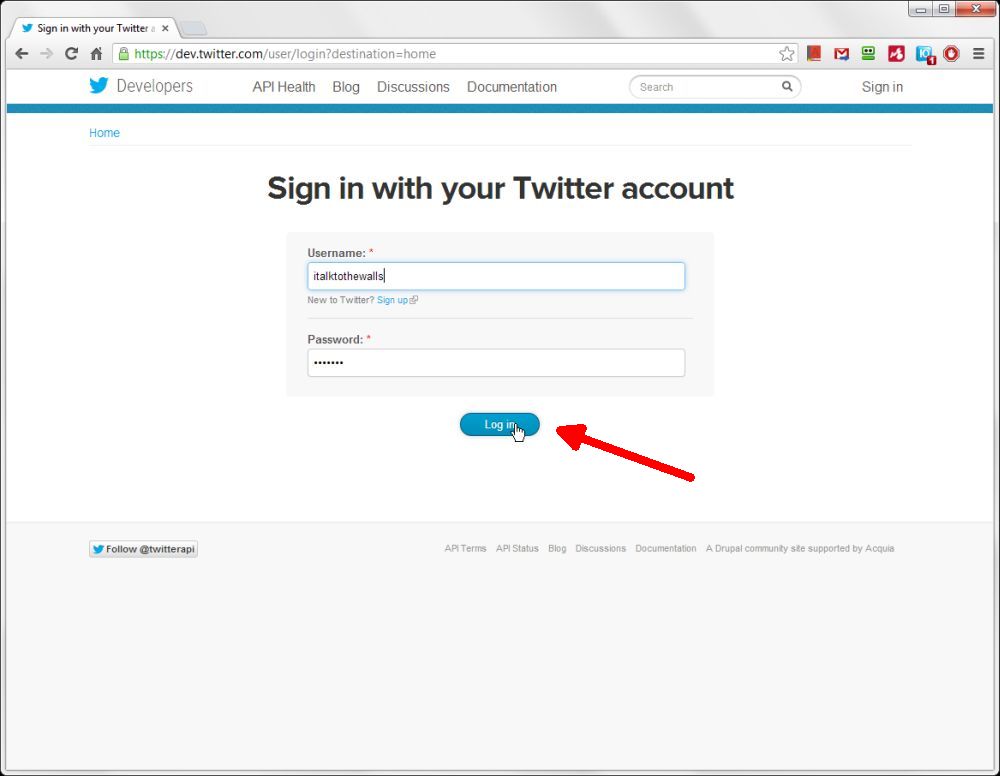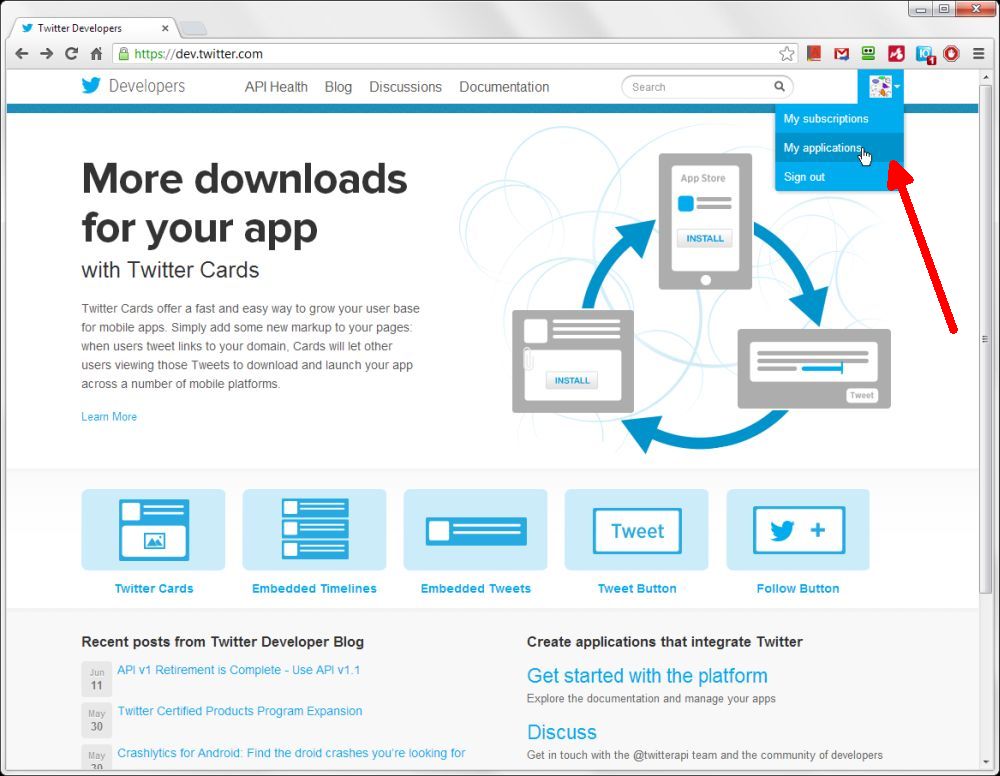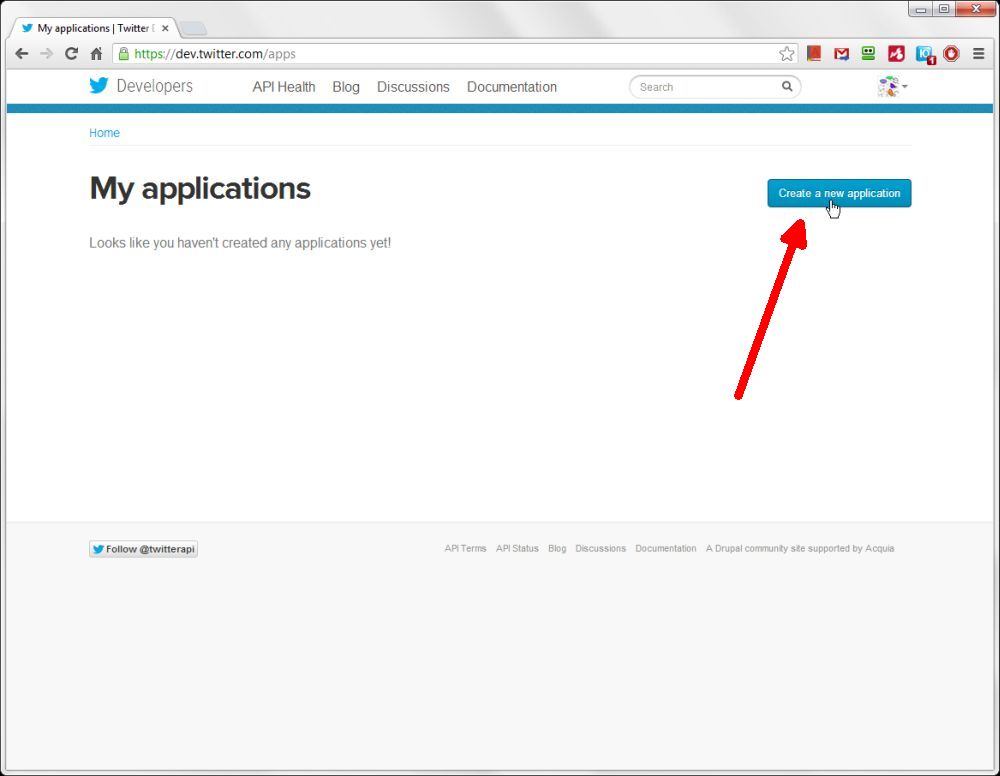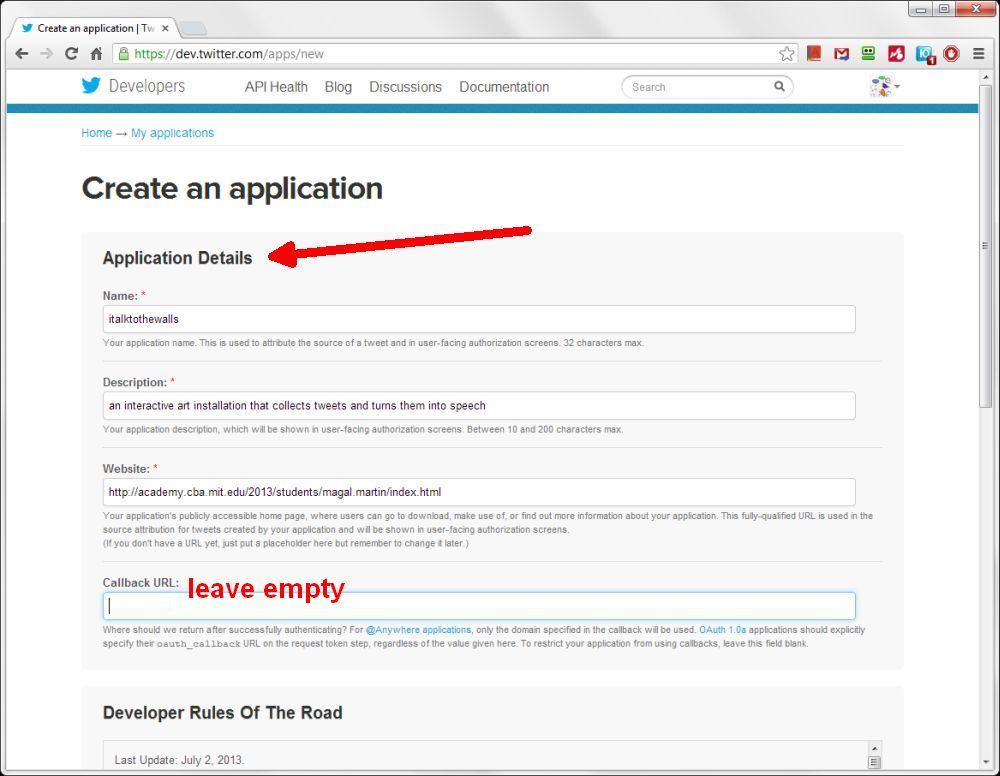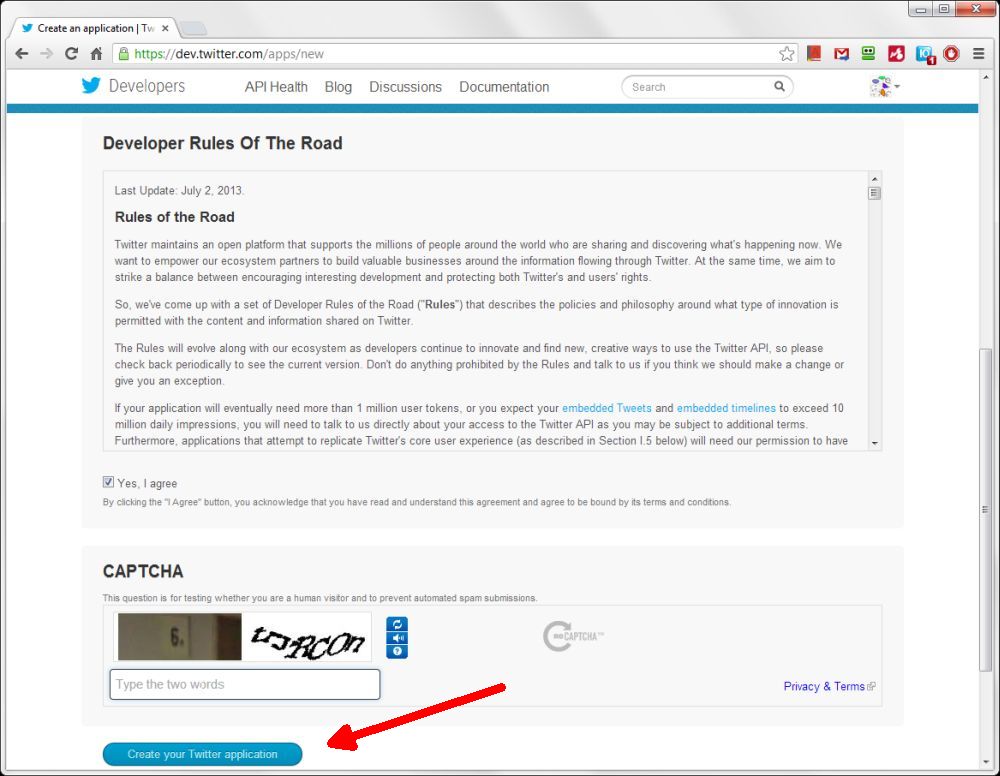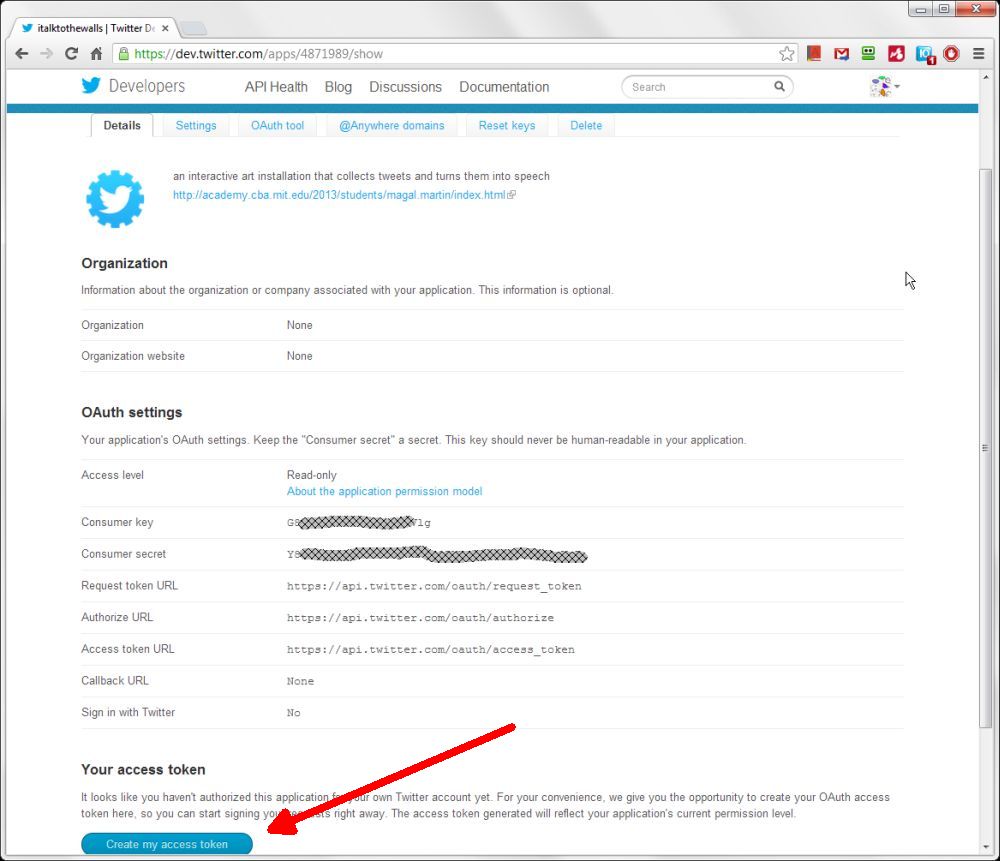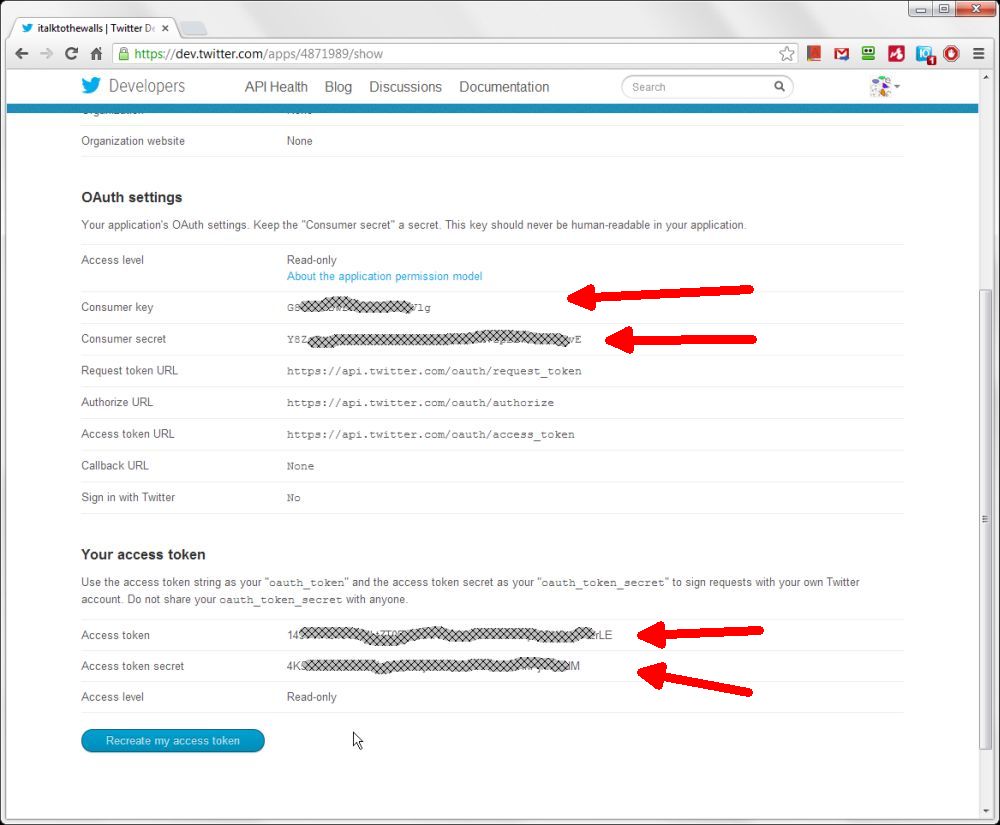 2013
2013 2013
2013document the project development
the shape of bell was designed in autocad, taking into account the maximum verticality of the cross section that still allows for the release of the mold.
the bell's mold is assembled by 5 layers of MDF, glued together.
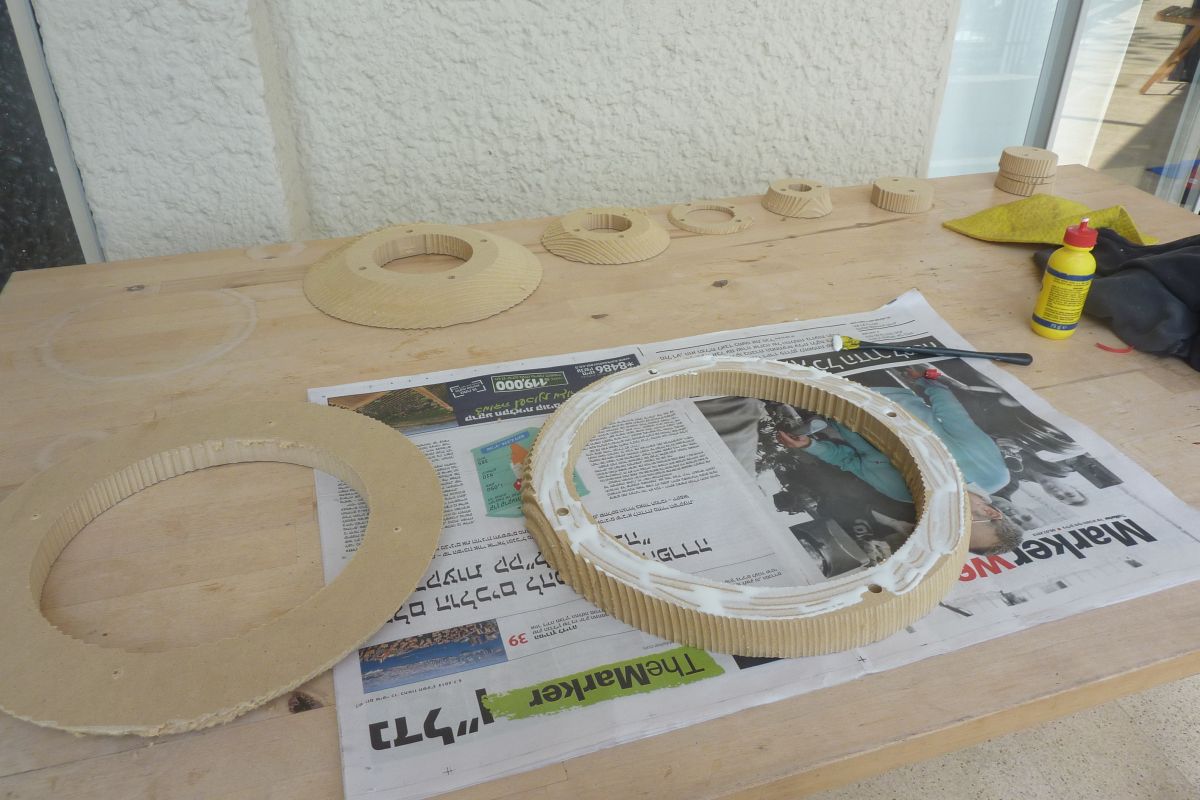
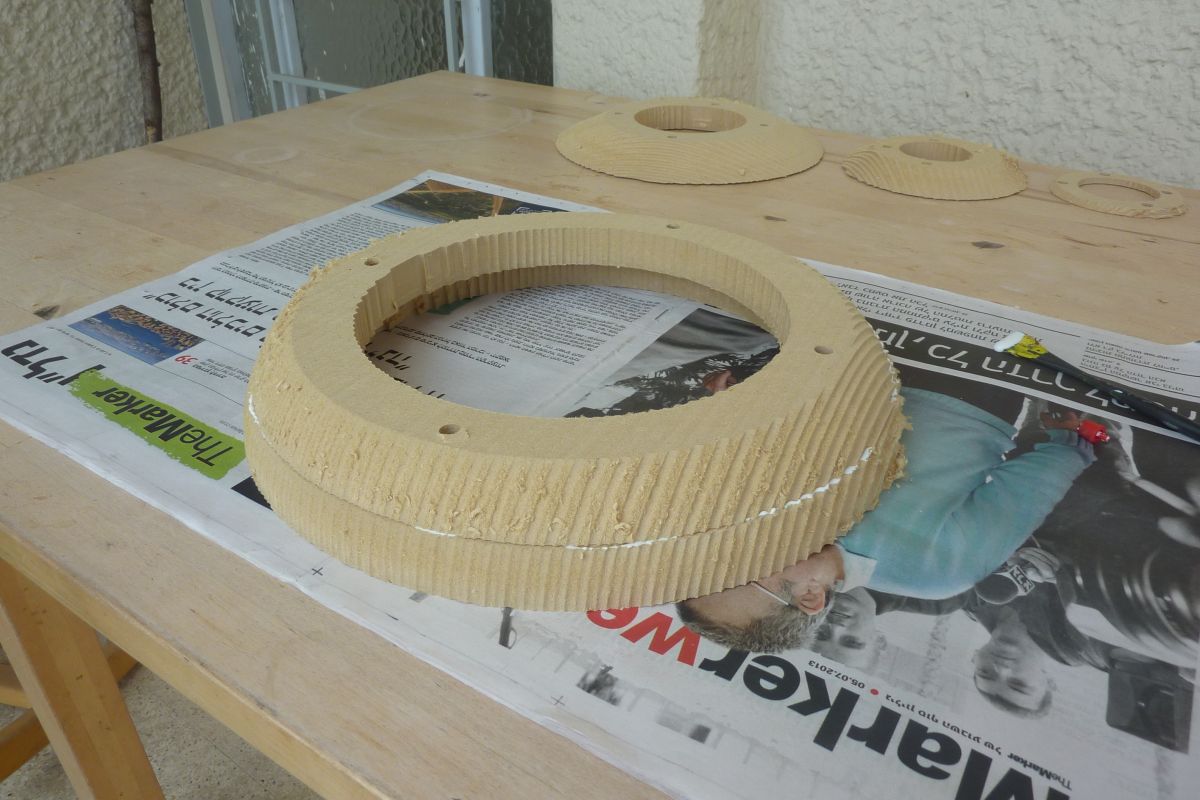
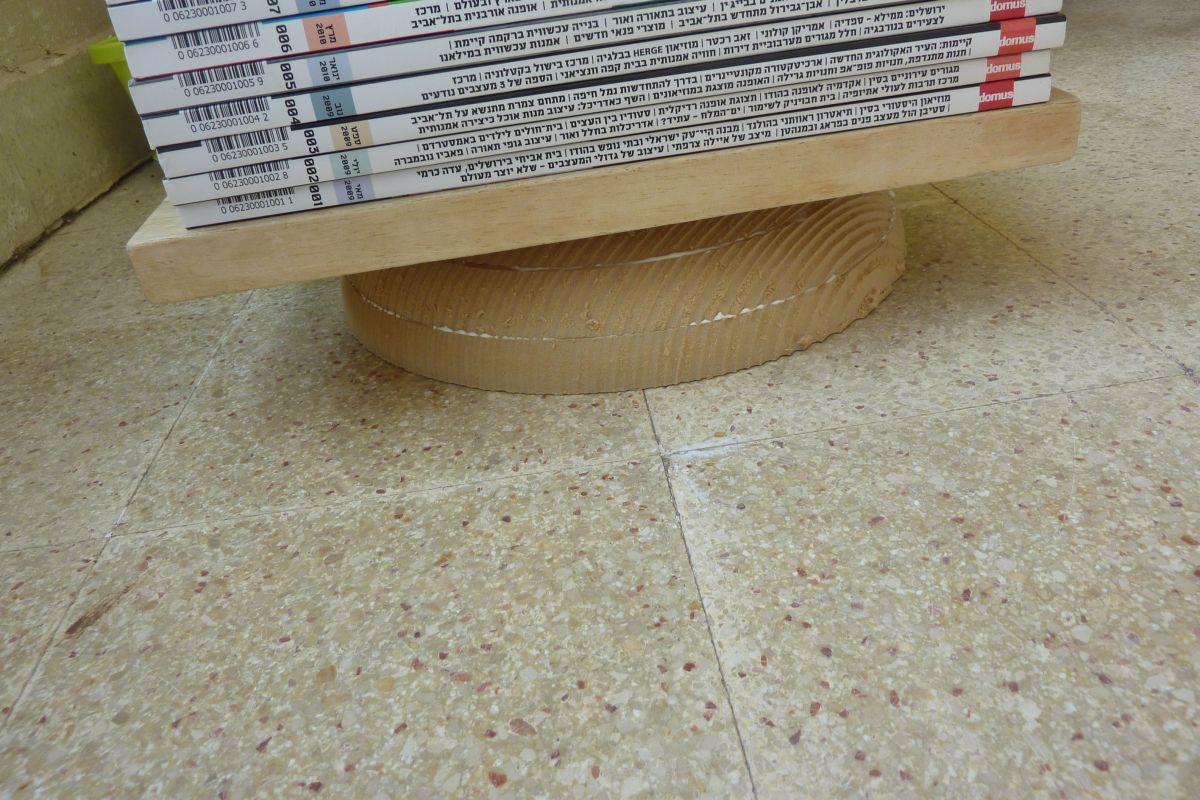
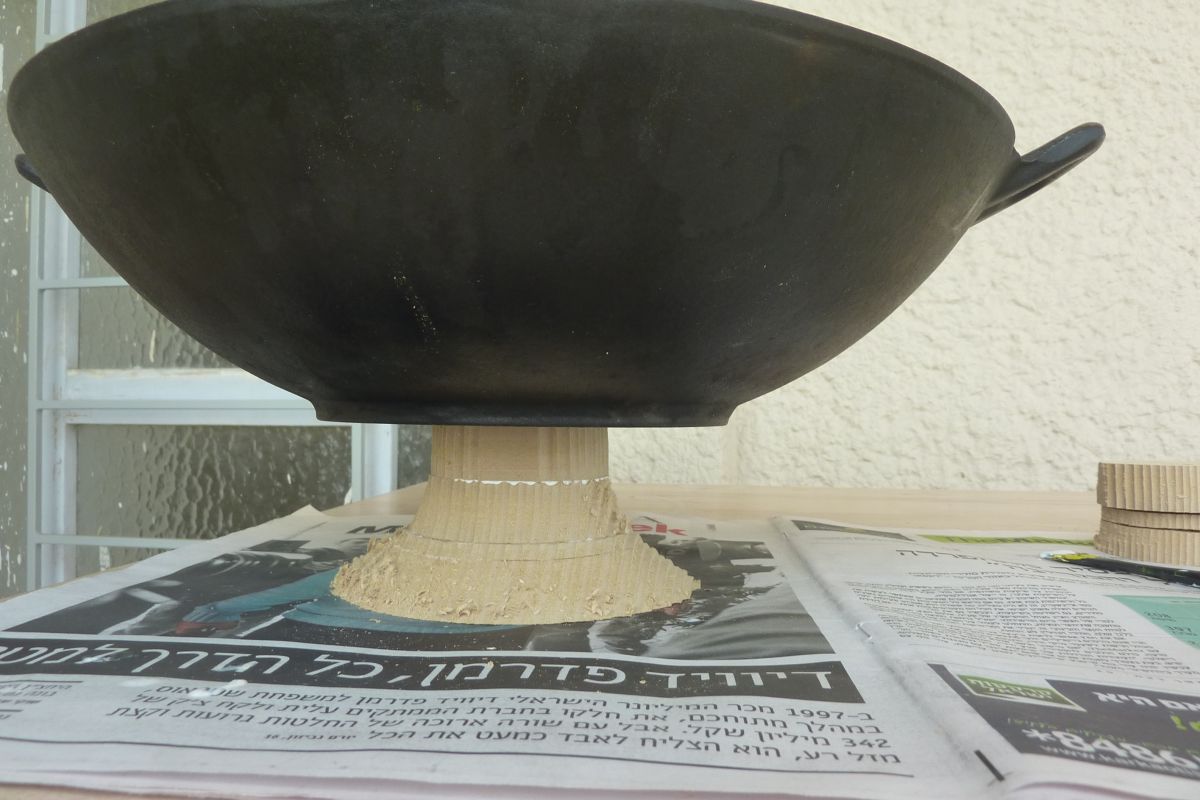
the holes wered drilled with a 1.5 mm drill bit. the density of the holes was of about 1 hole every 40 to 50 mm,
with a much higher density at very accentuated changes of angle in the cross section of fthe mold.
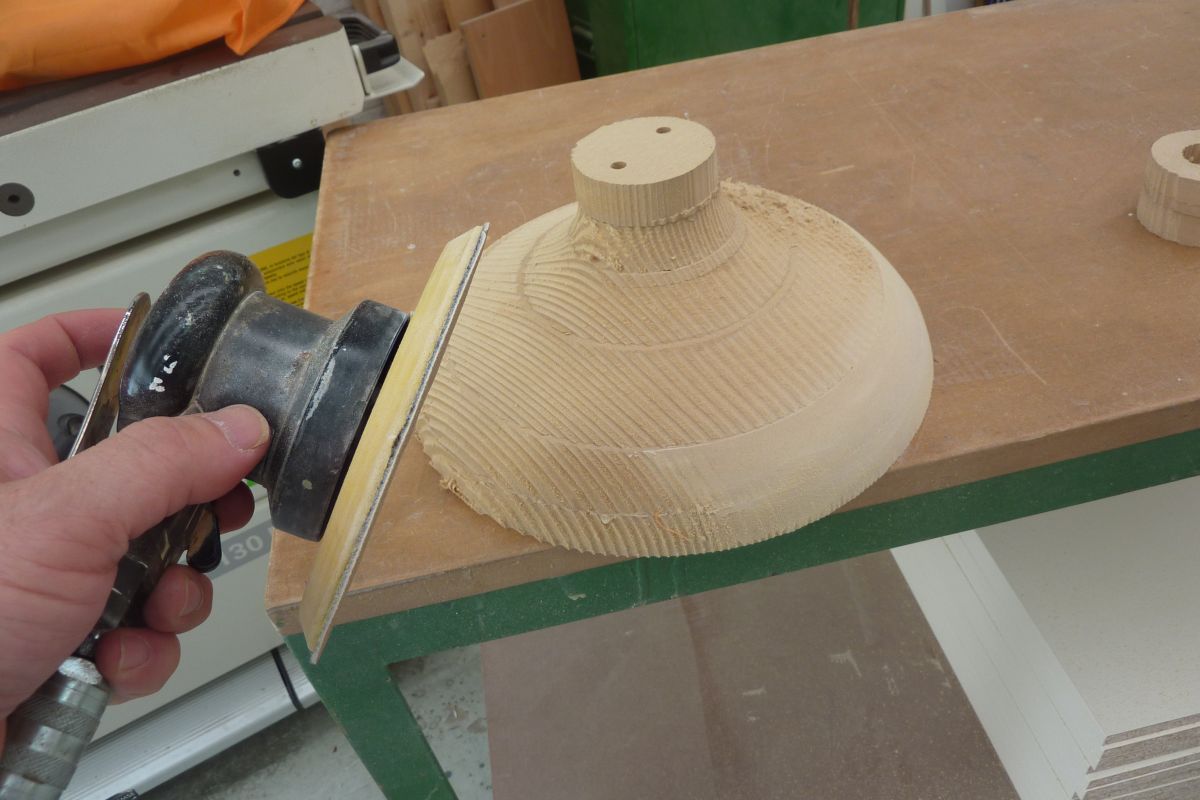
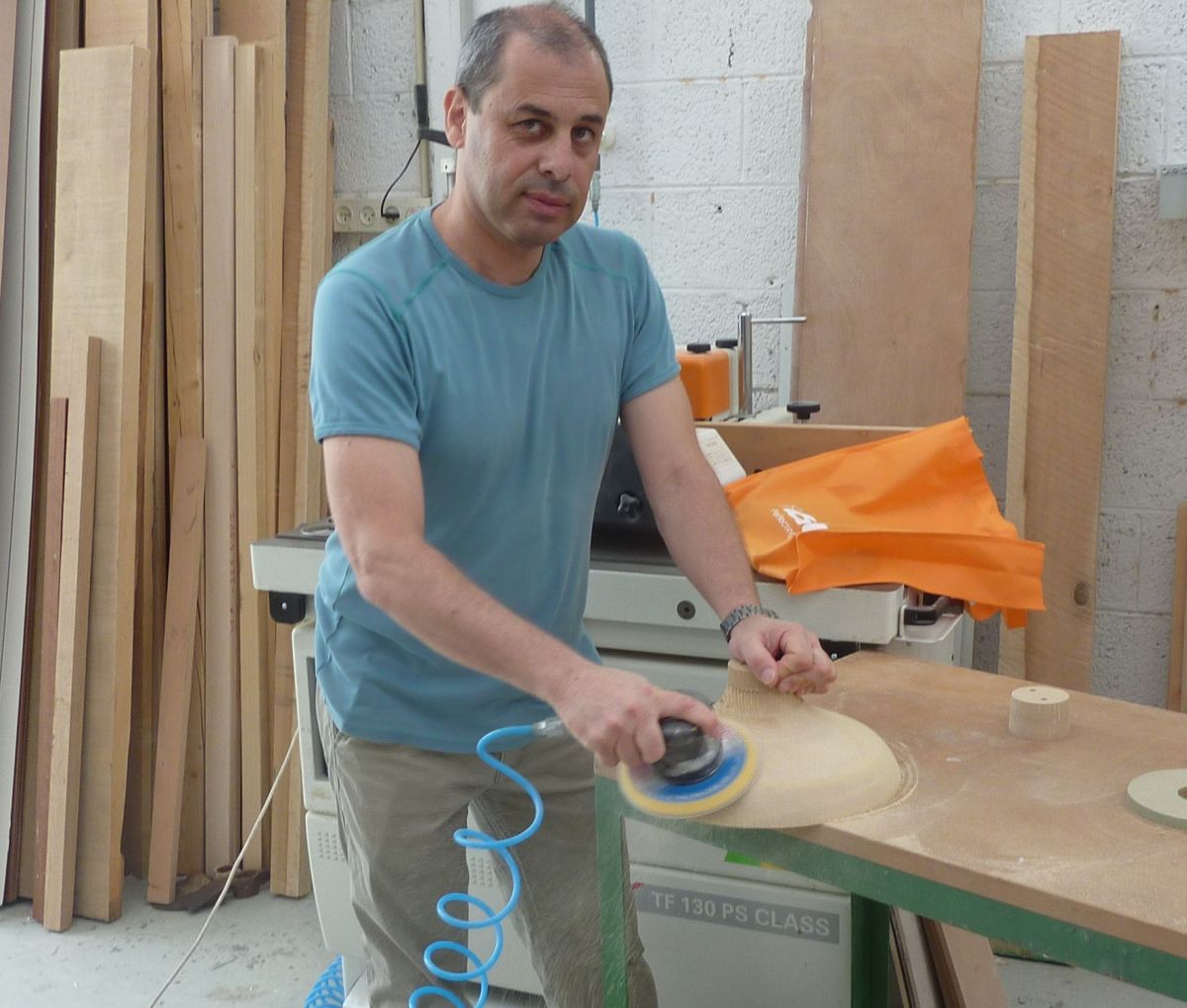
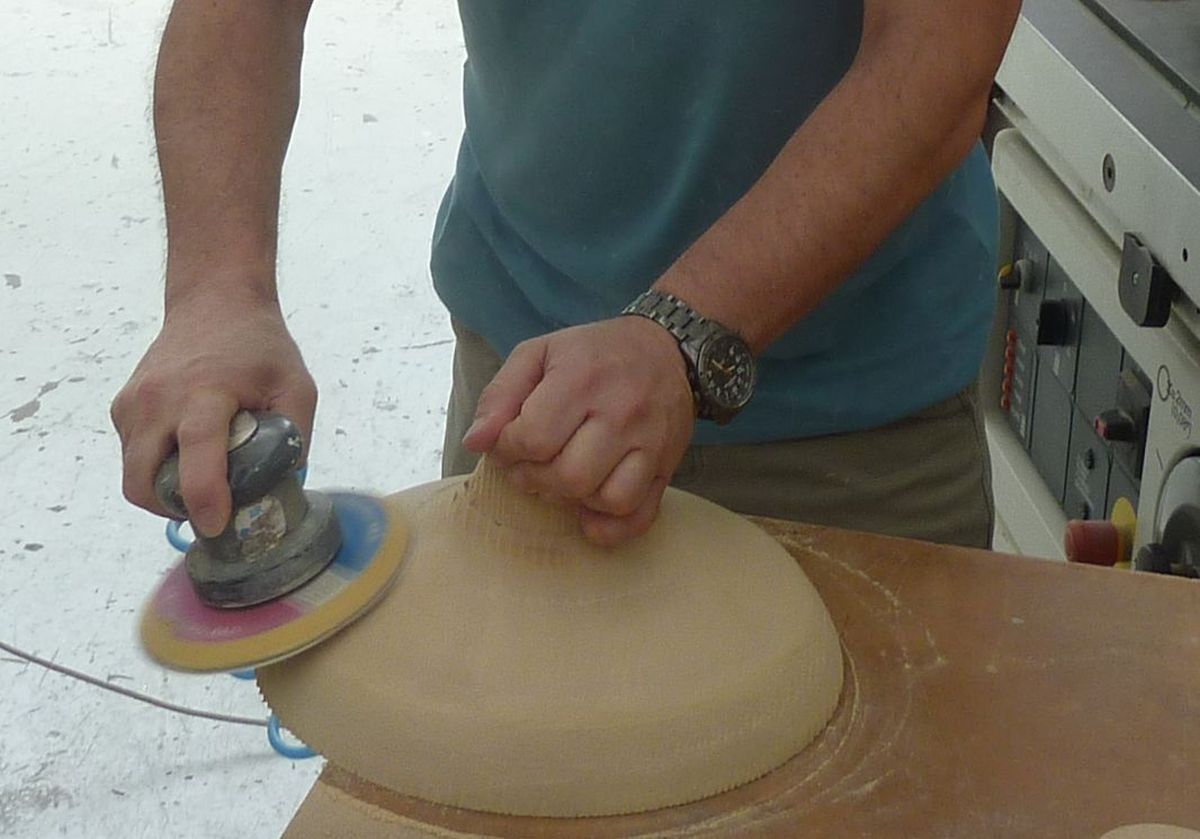
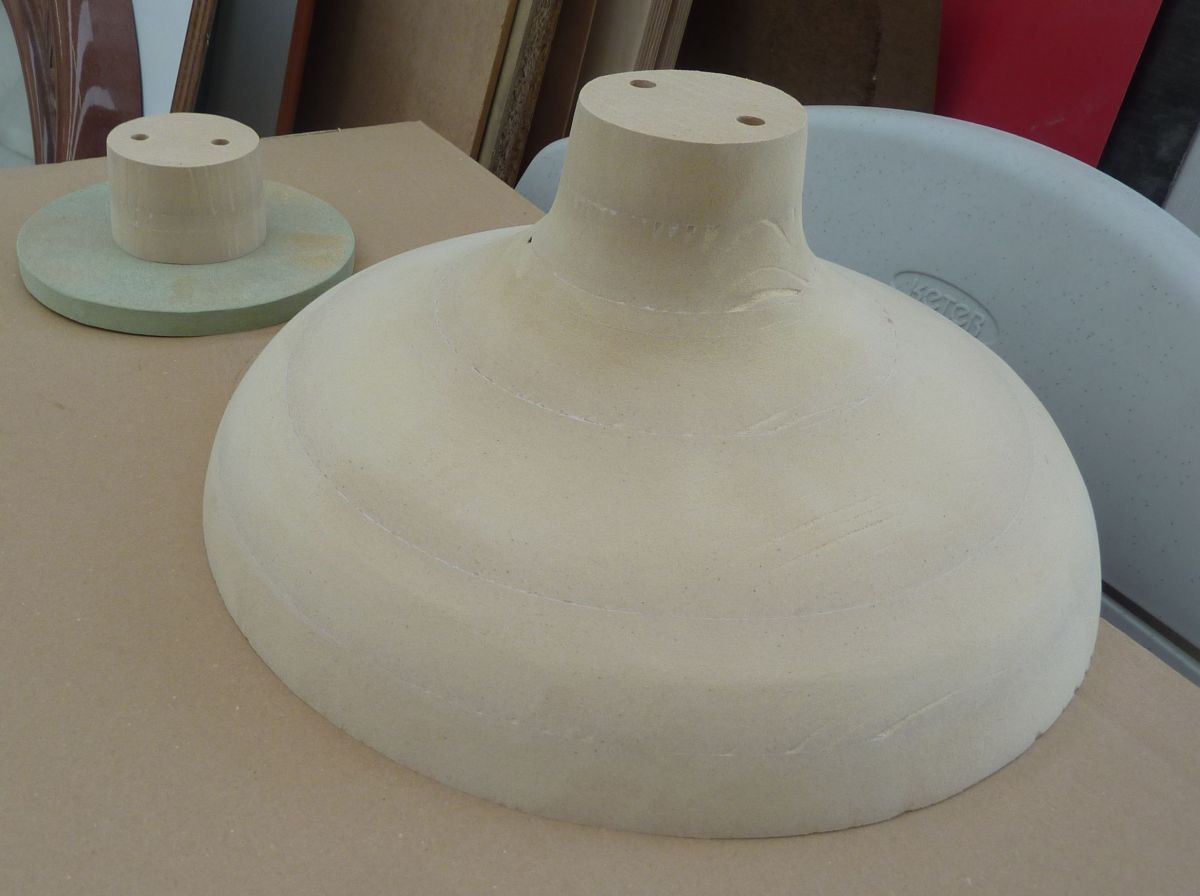
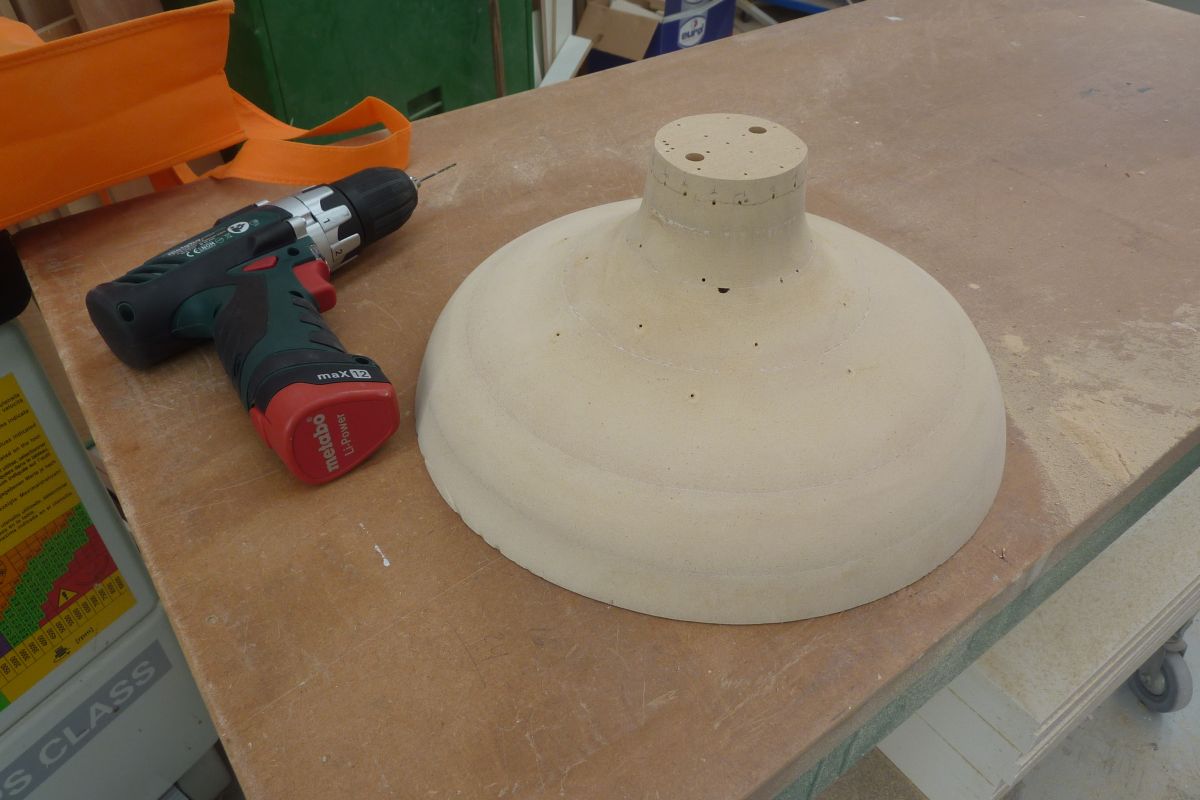
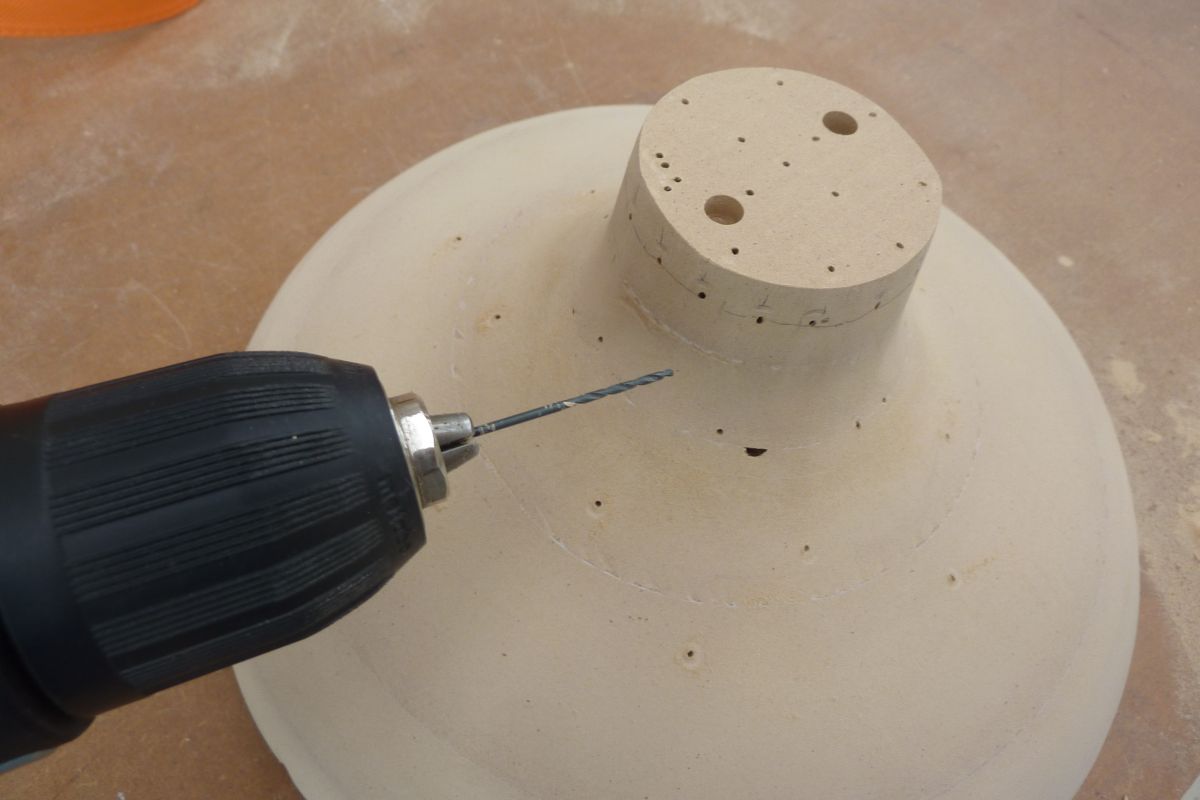

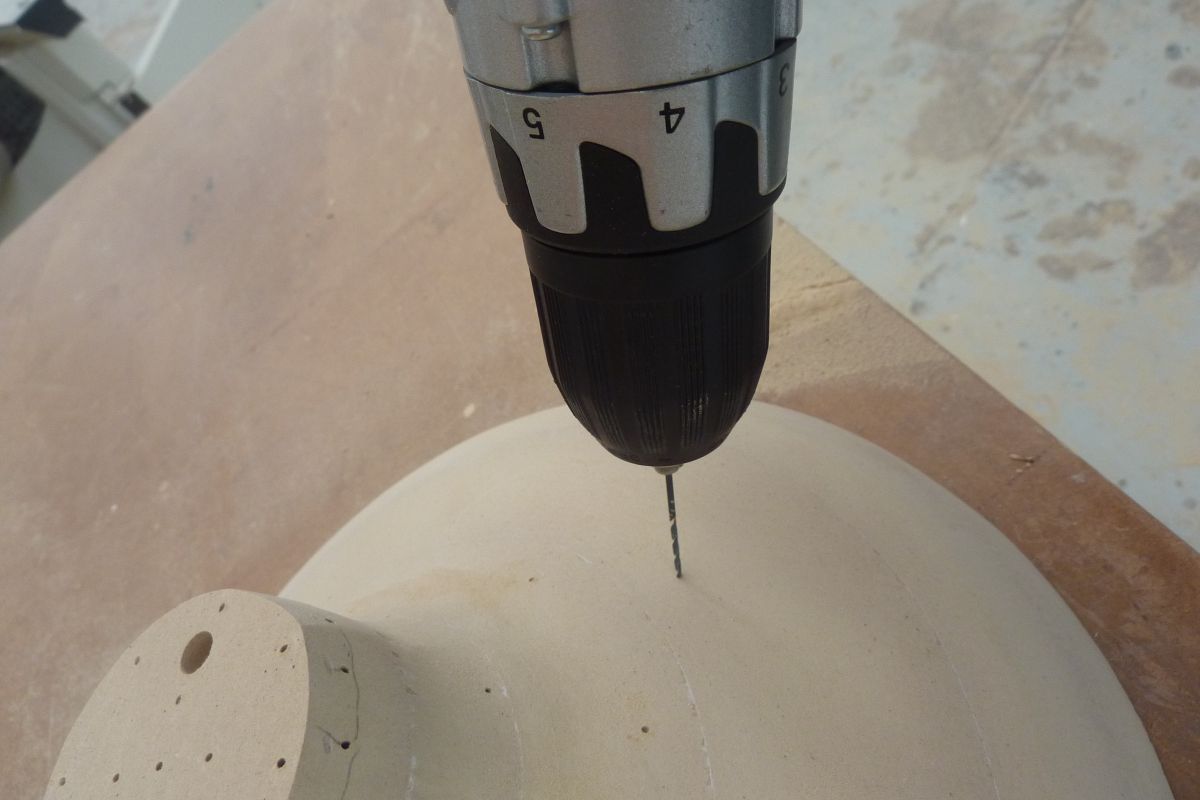
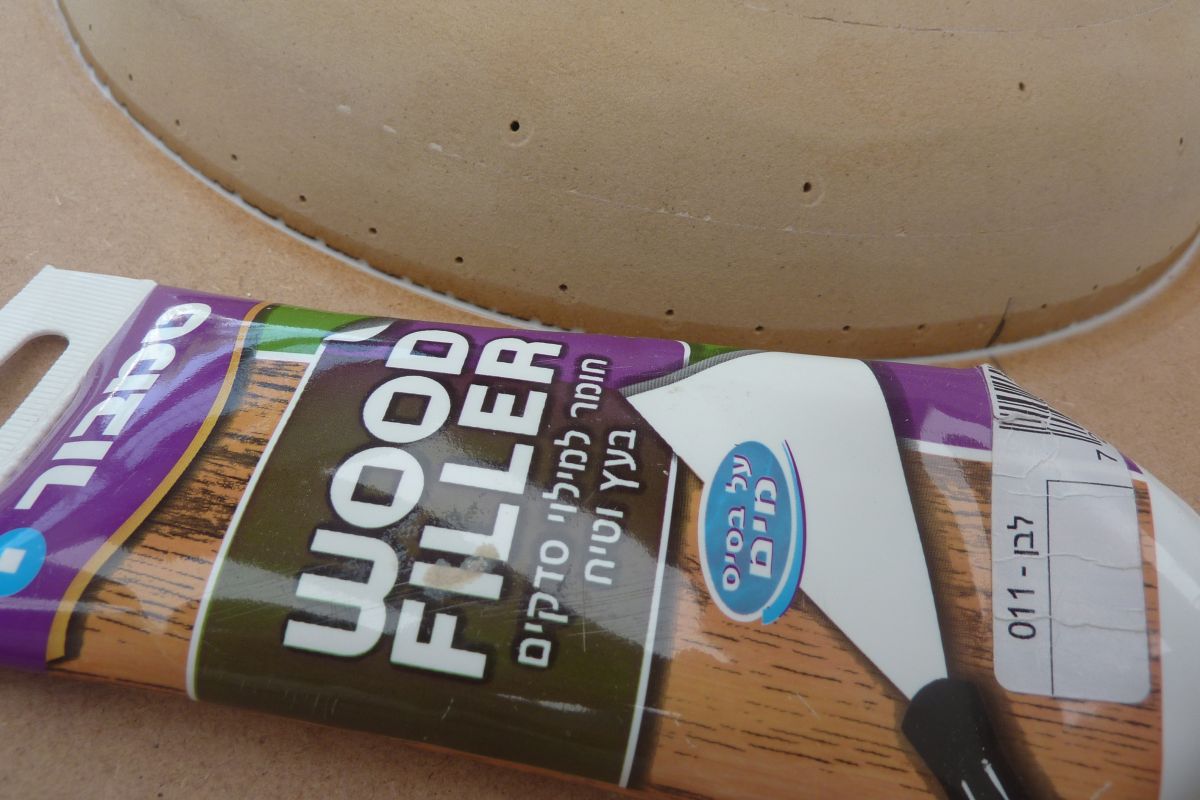
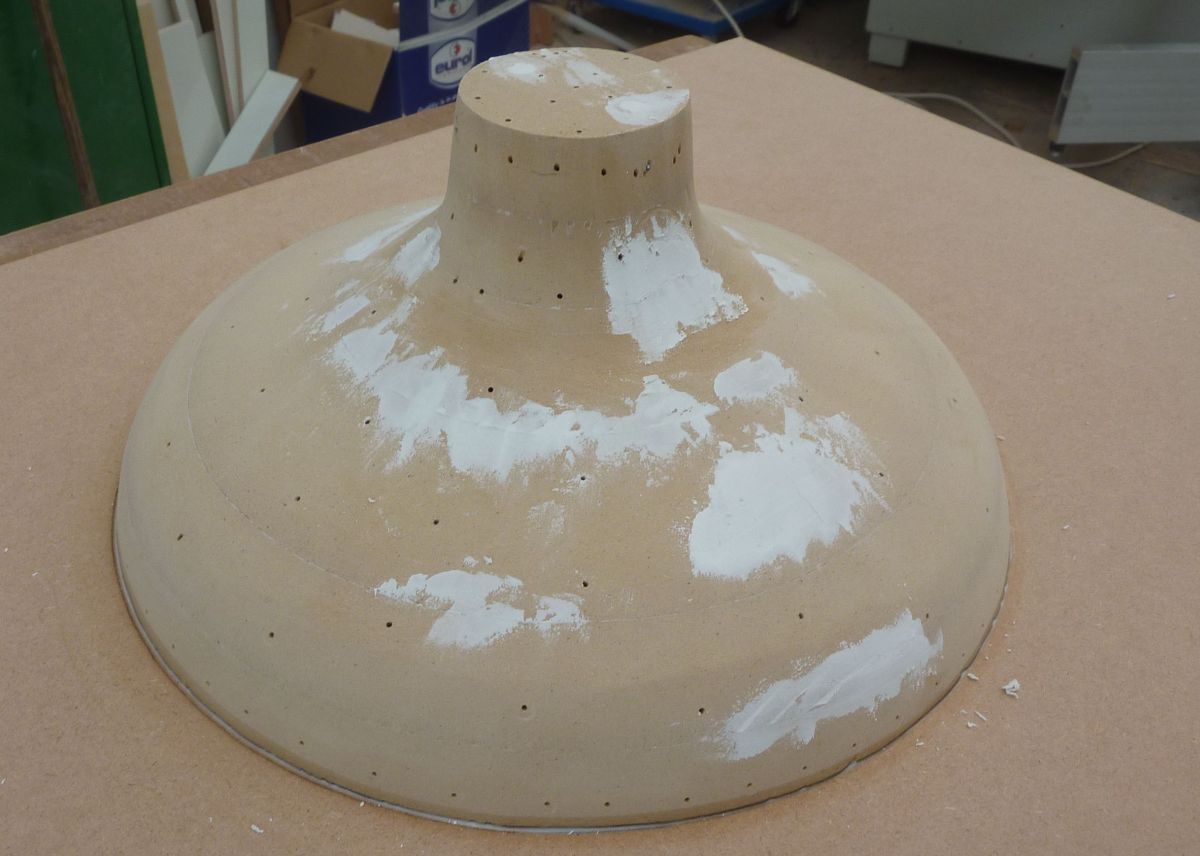
the "pulling" of the PET sheets was done on an old vacuum forming machine.
the sheets were 750 micron PET plastic. the temperature of the heating element was around 350 degrees centigrade,
the actual temp of the hot air was around 100-150 degrees.
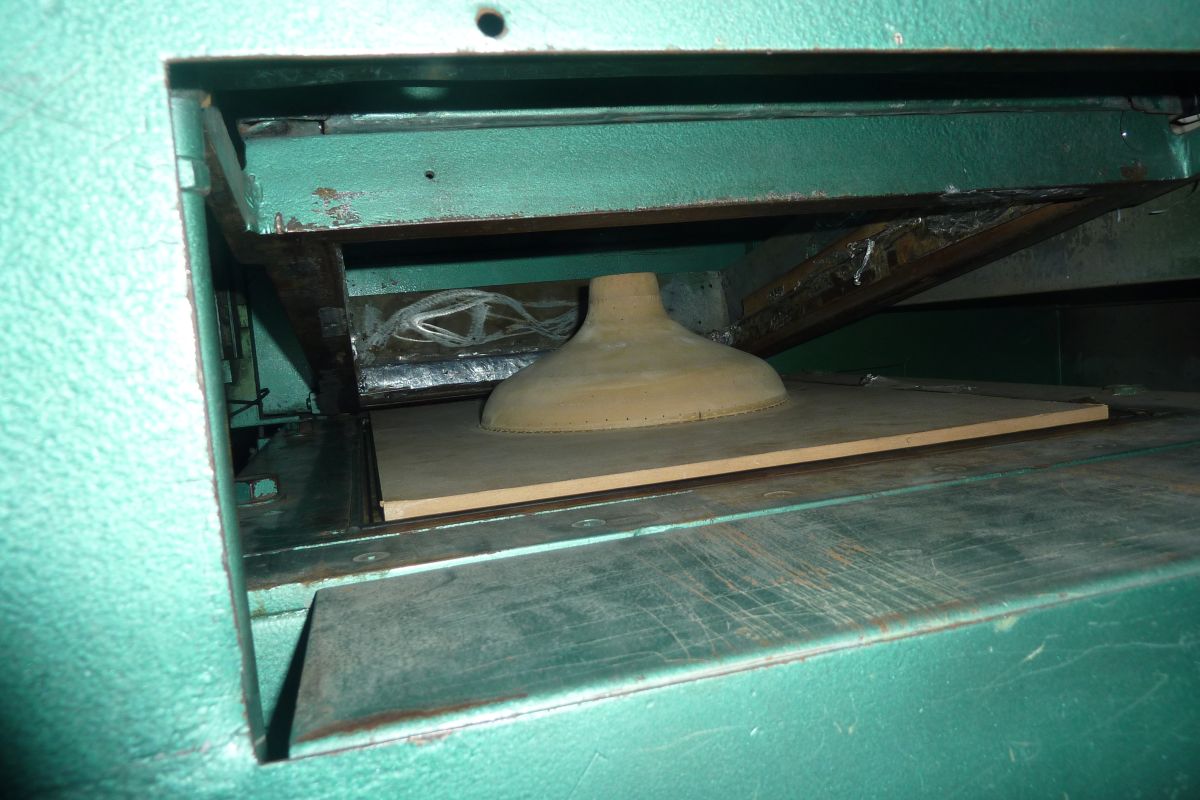
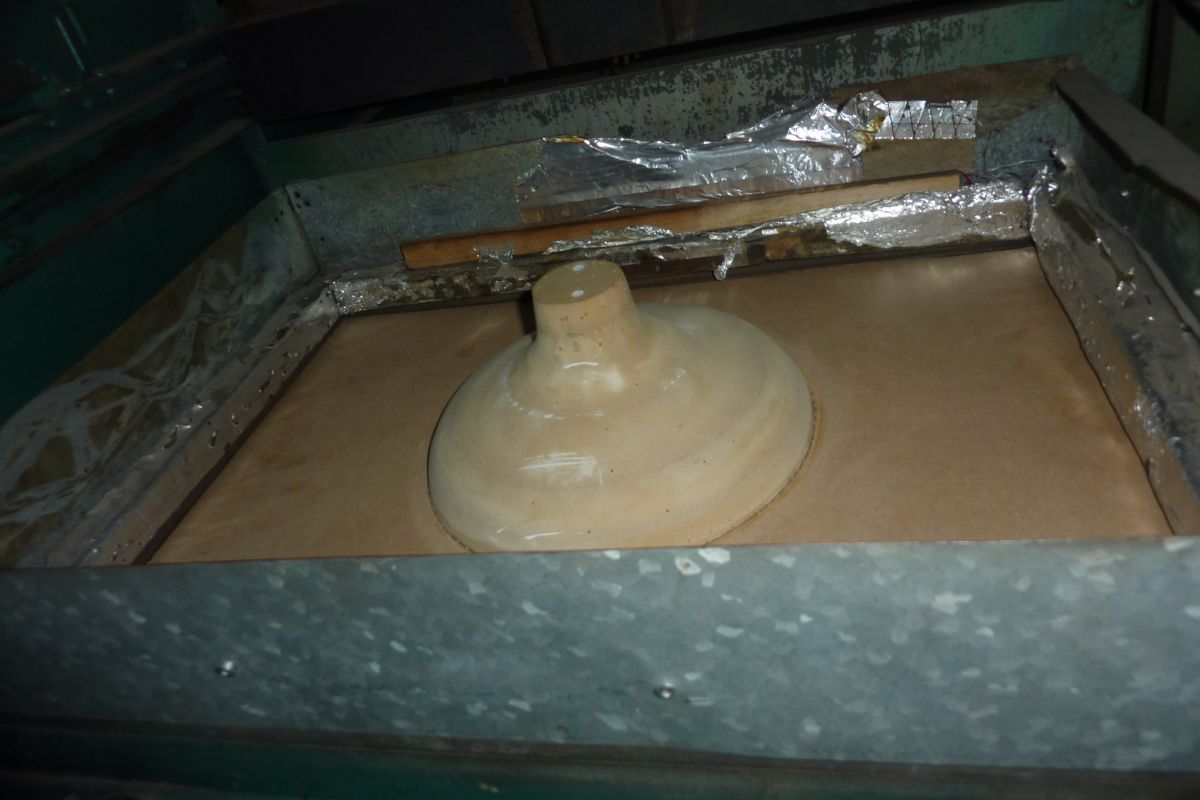


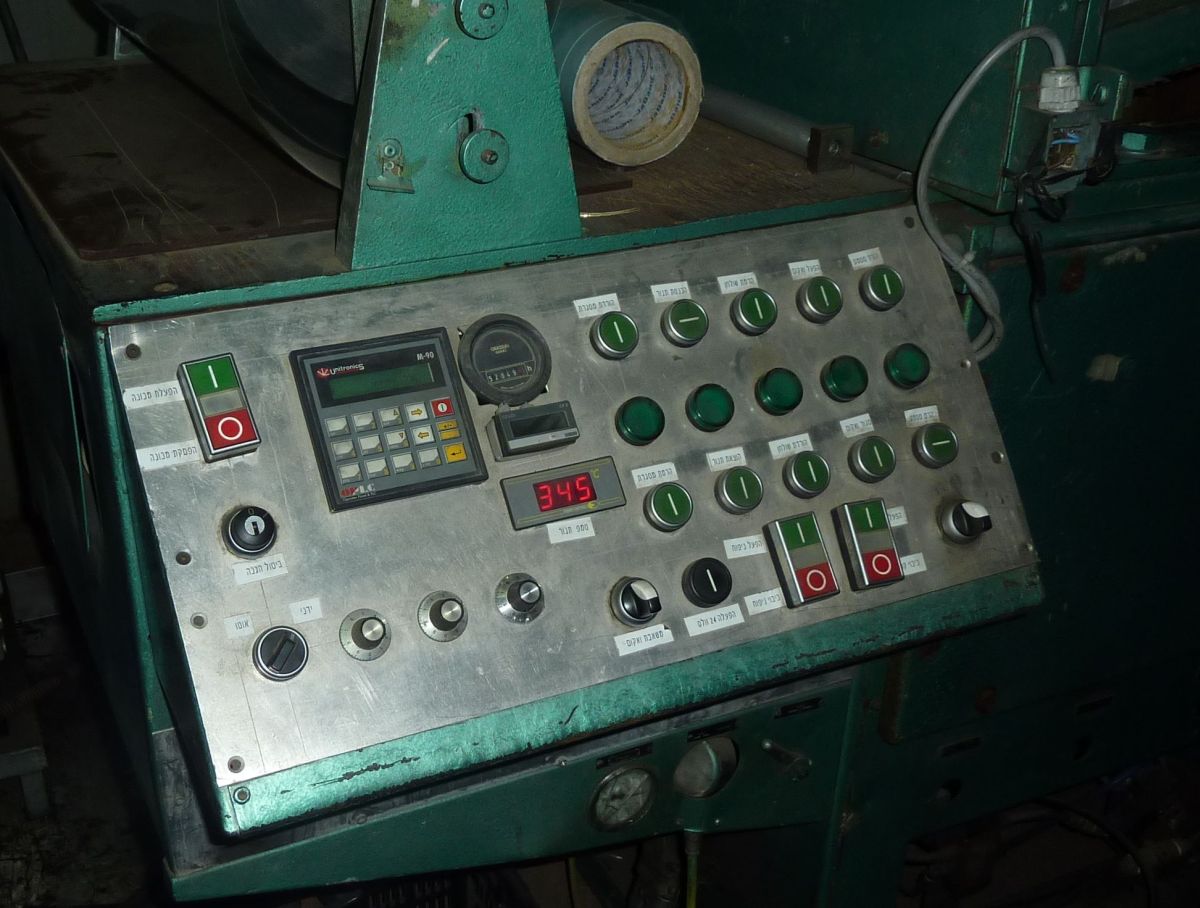
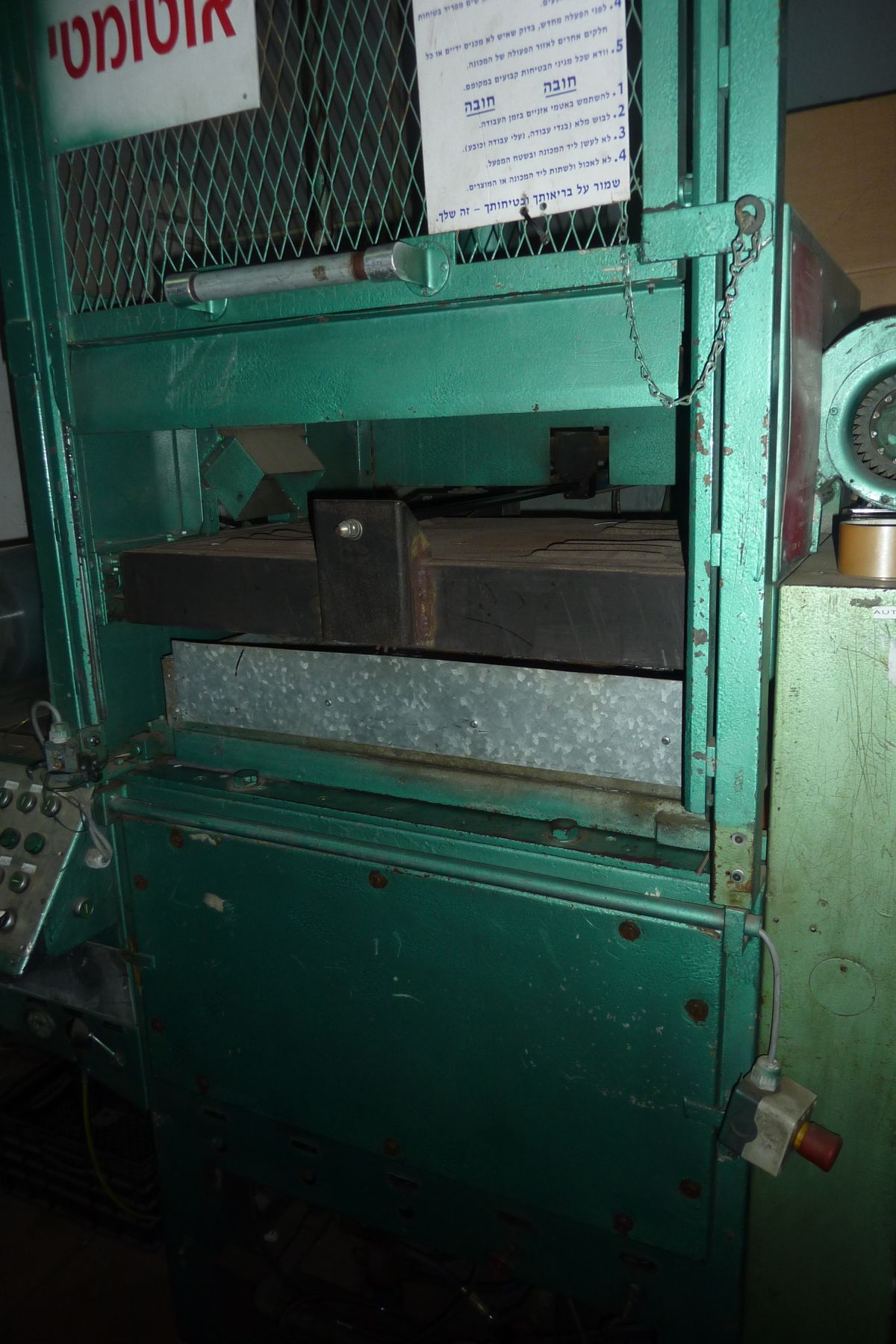
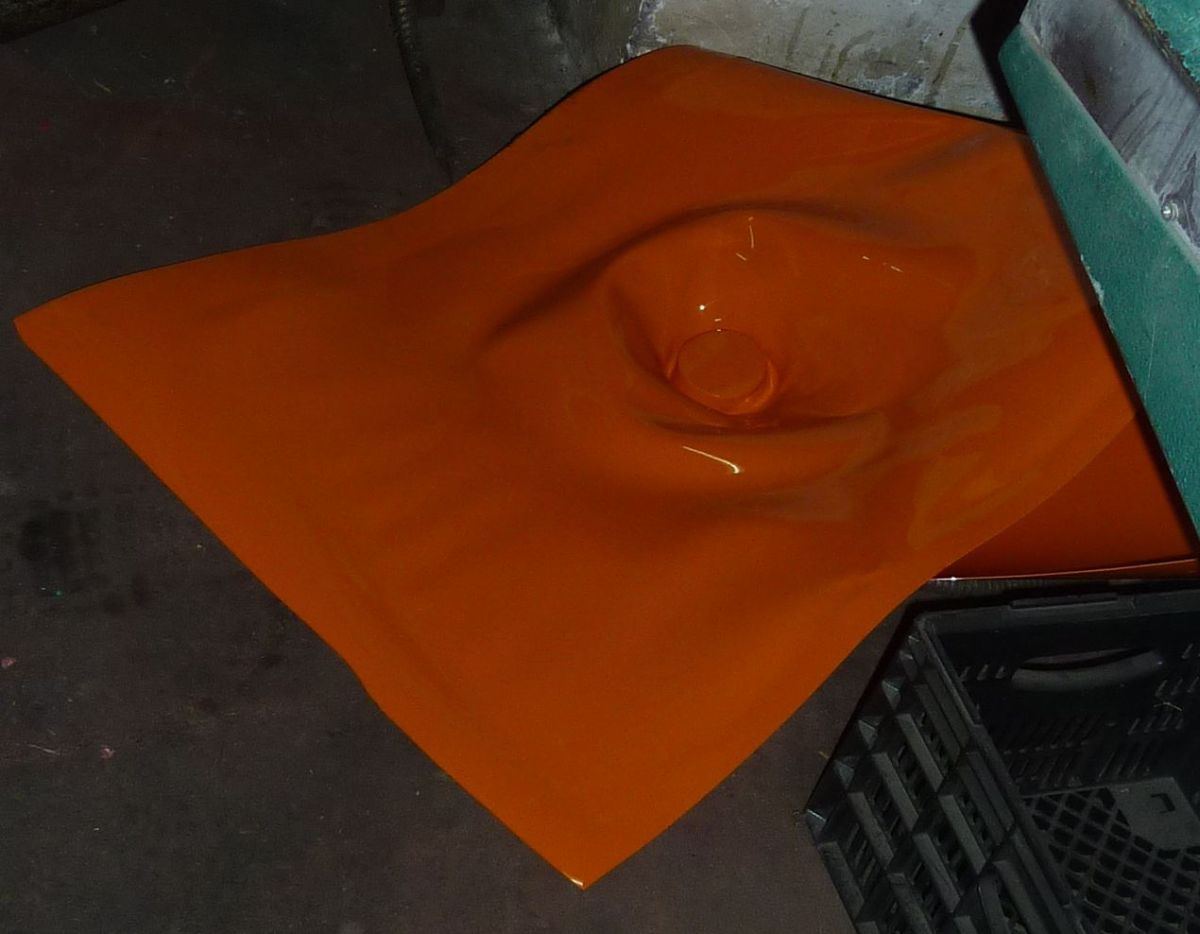
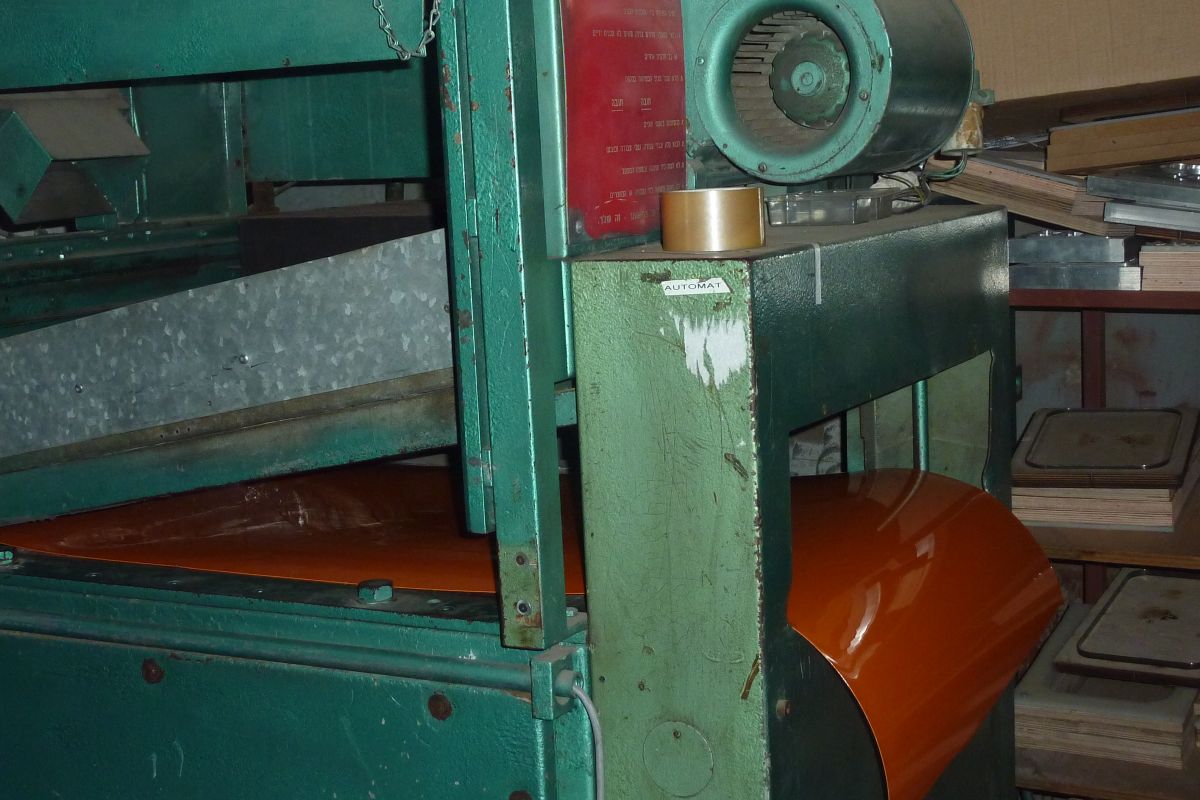
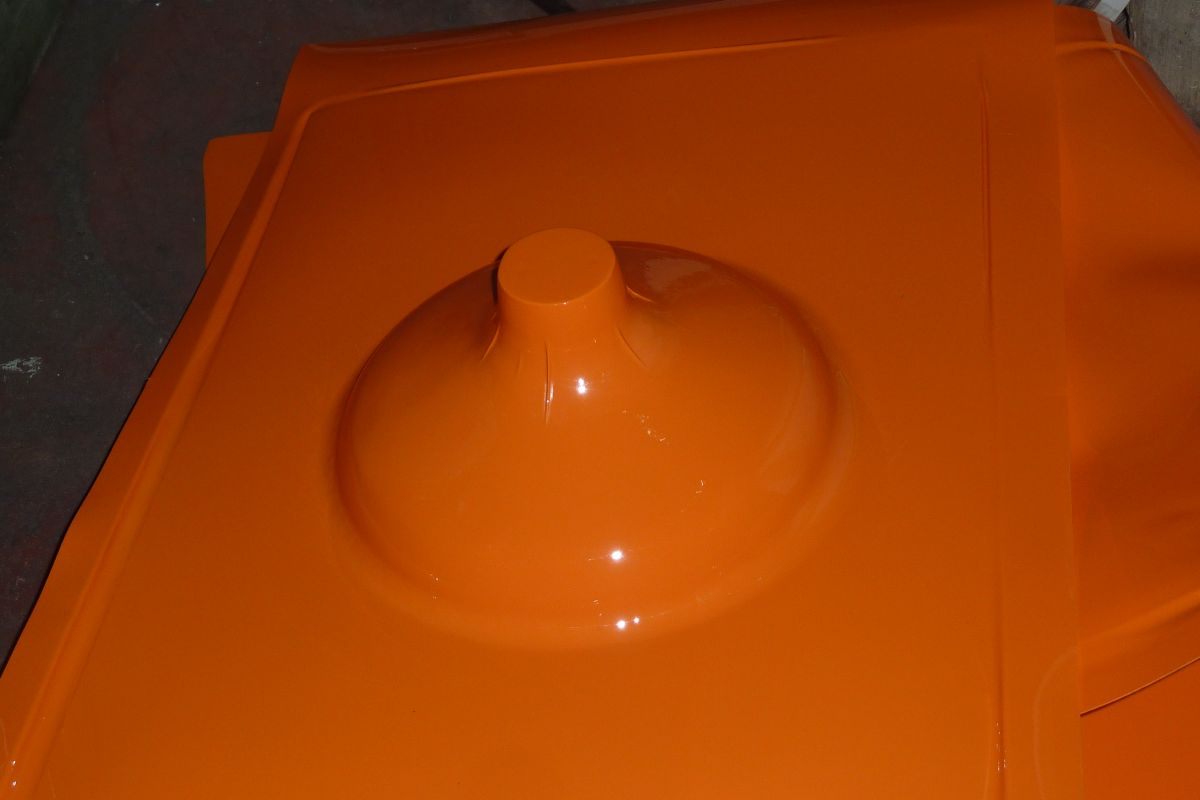

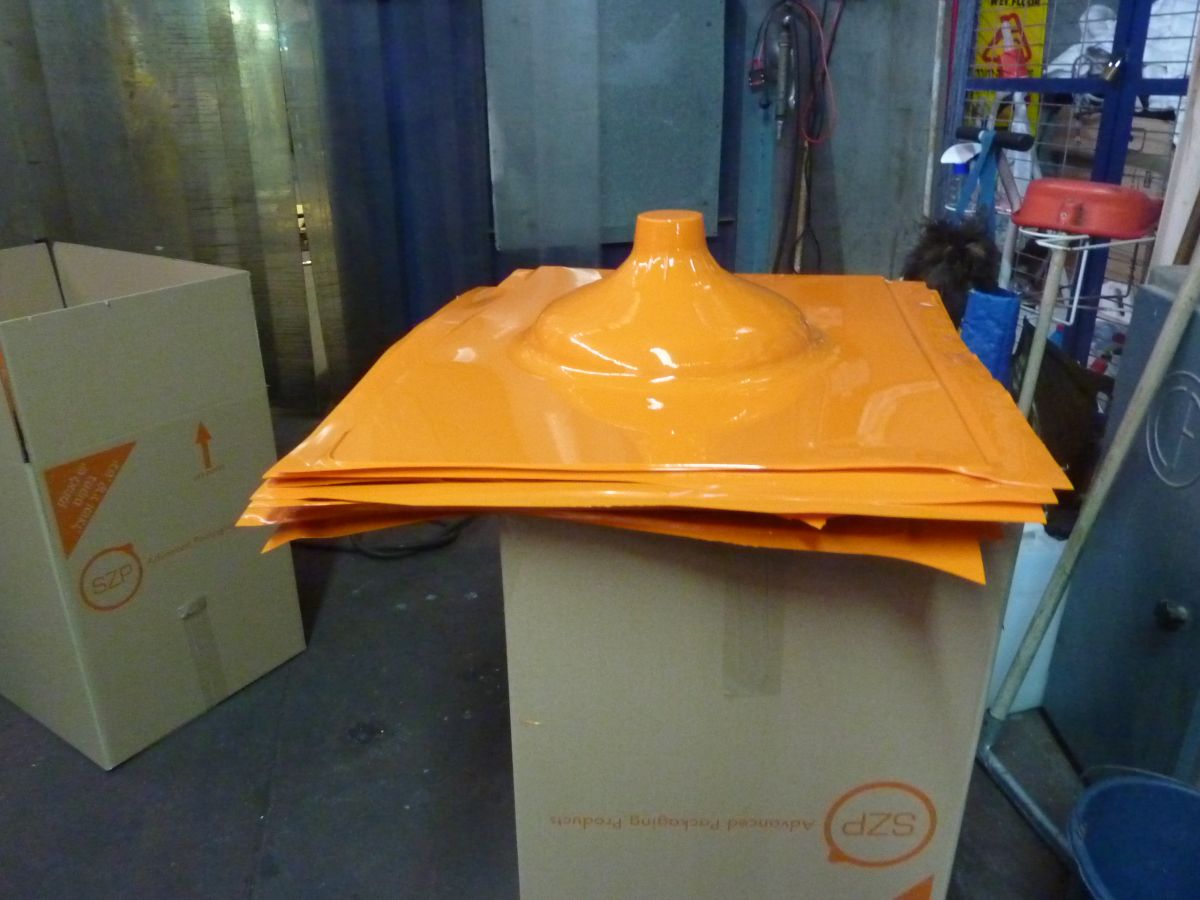
the pipes were glued with a hot glue gun (80watts), with generous amounts of glue.
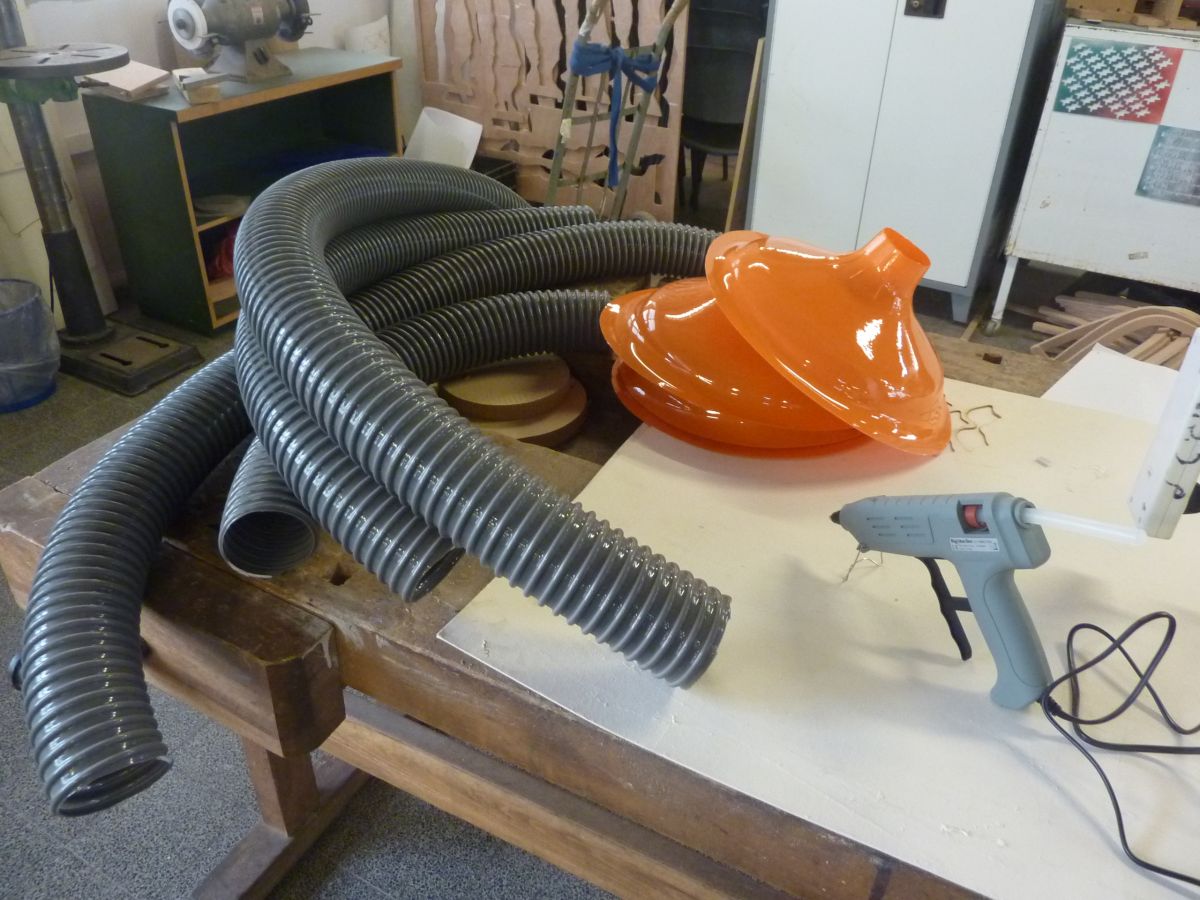
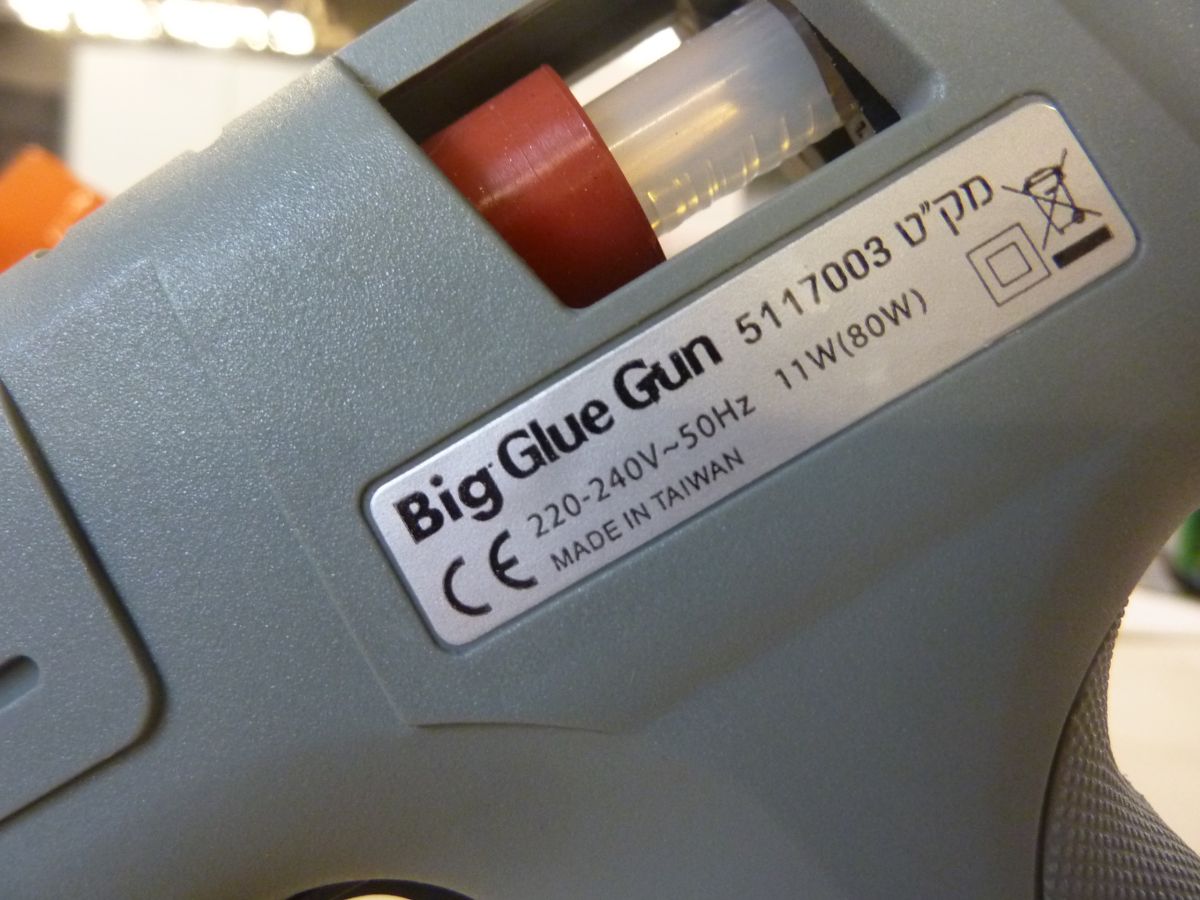
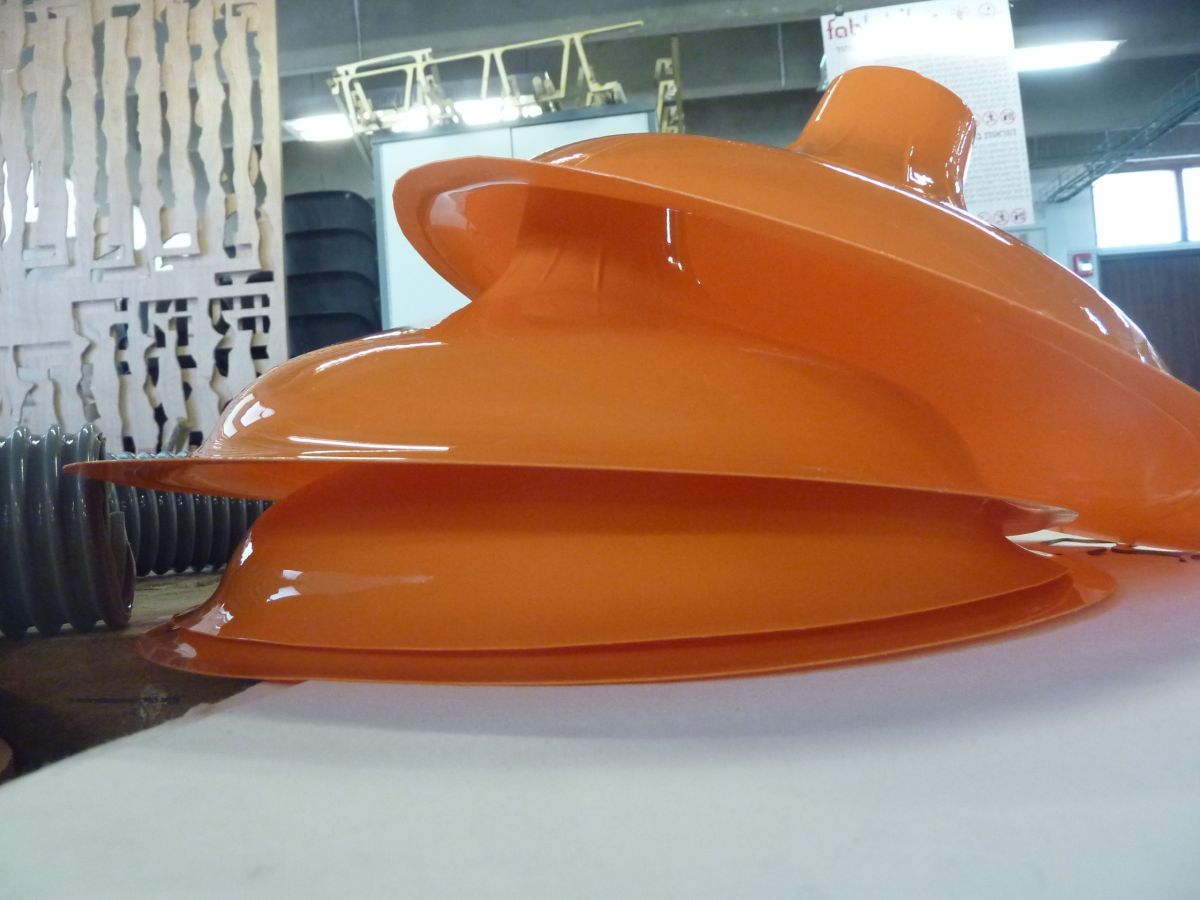
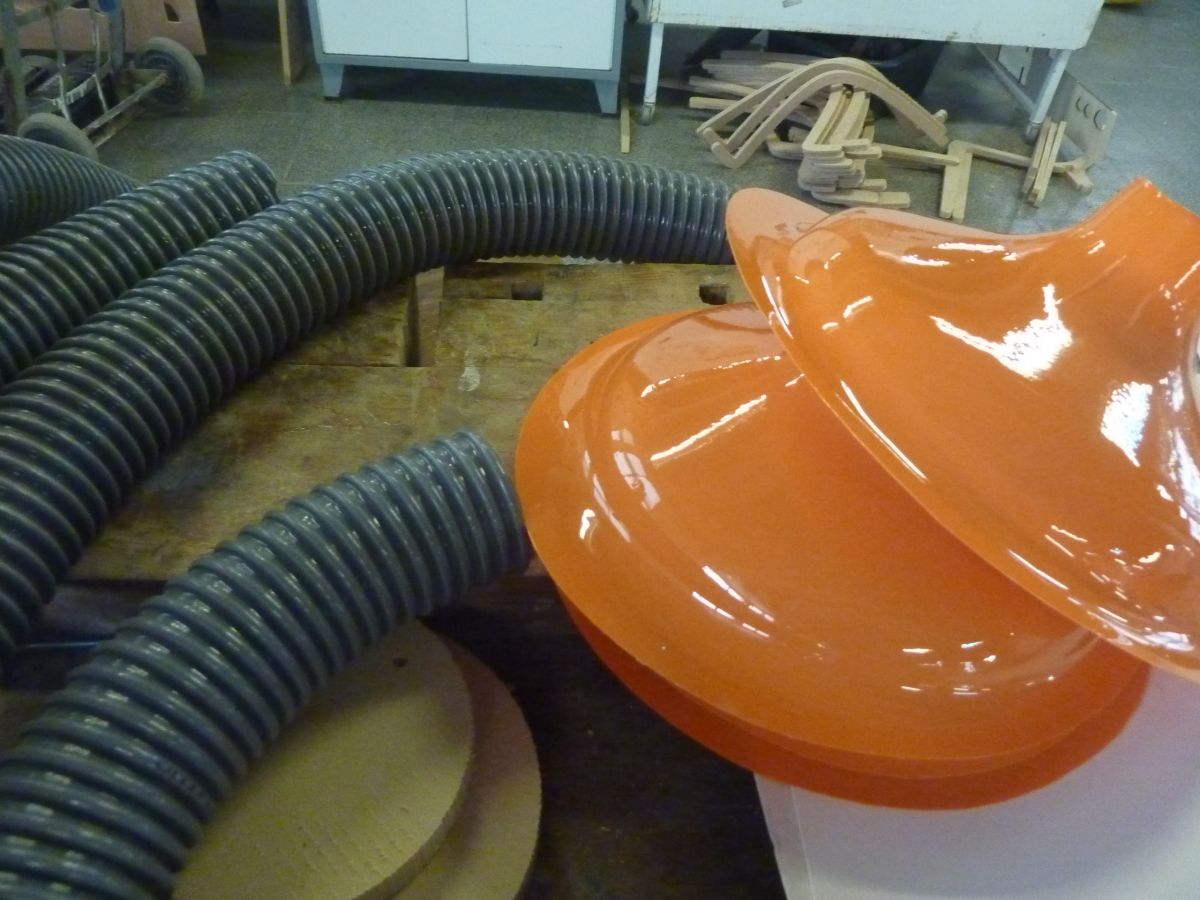
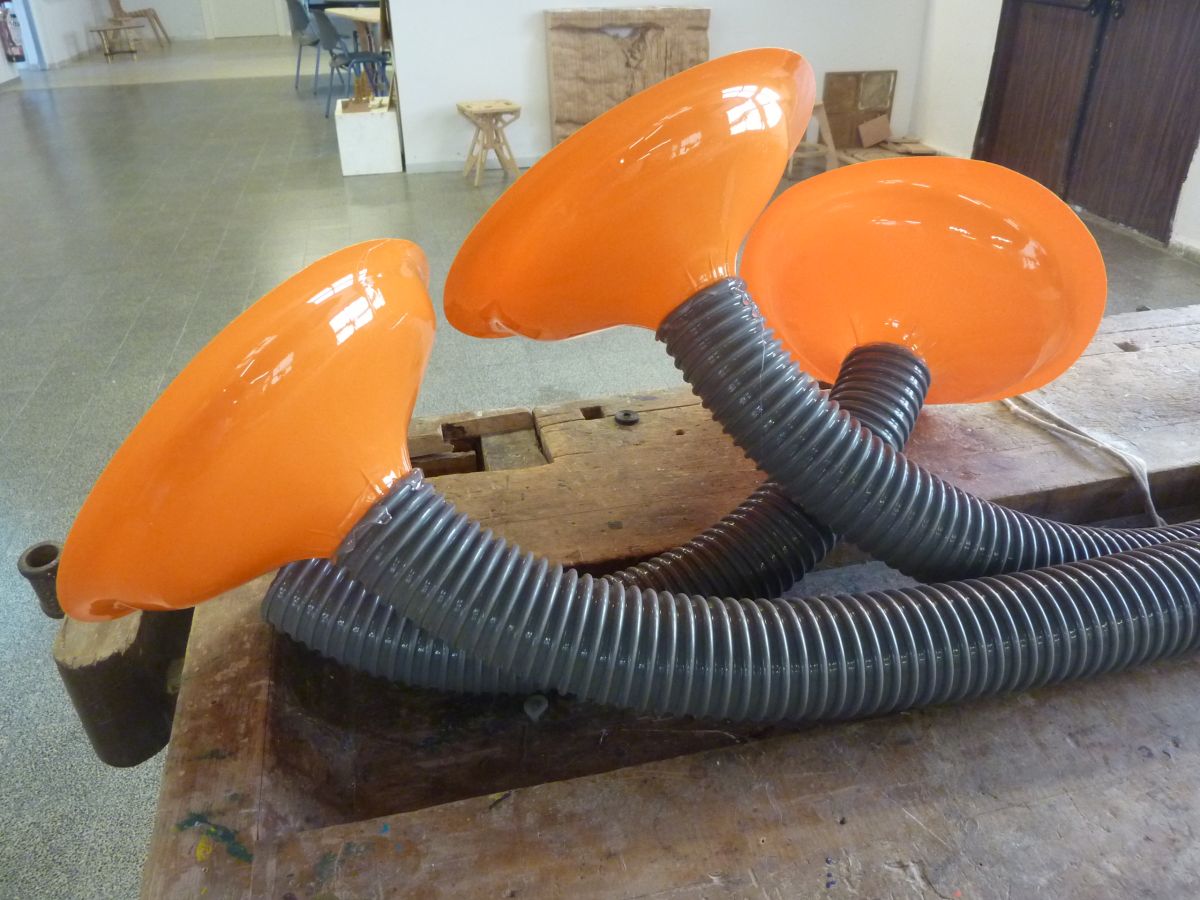
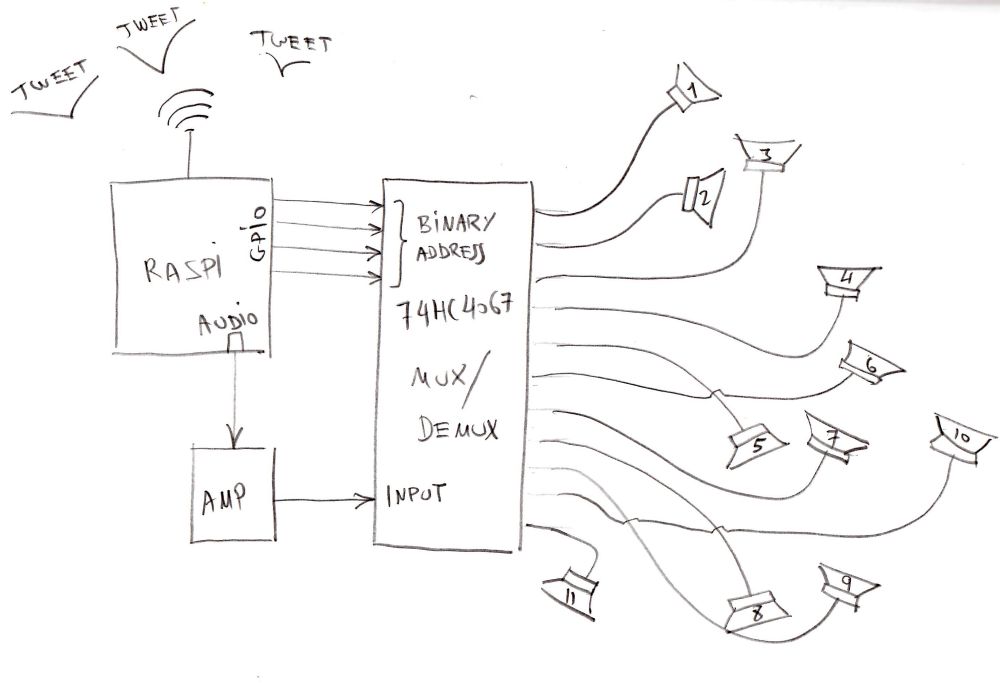
the schematic drawing above describes the mechanism of the of the electronics part of the italktothewallsinstallation
the switching between the audio output and the receiving speaker will be done by a
74HC4067 mux/demux component>
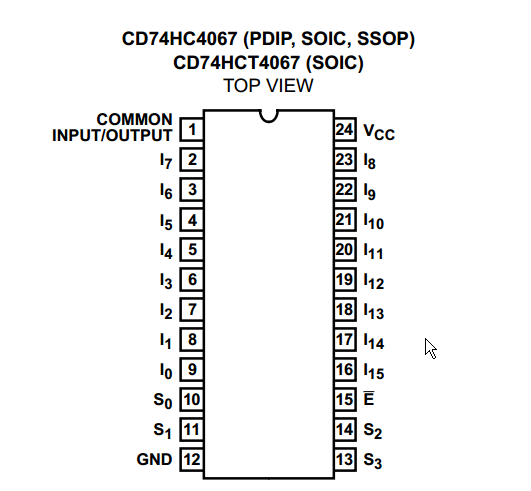
the electronics consist of the Raspberry Pi, a breadboard with a MUX/DEMUX component, a small amplifier that came with the speakers, and a some of 5ohm speakers.
plus the peripherals of the raspi: hdmi monitor, keyboard, mouse, power supply.
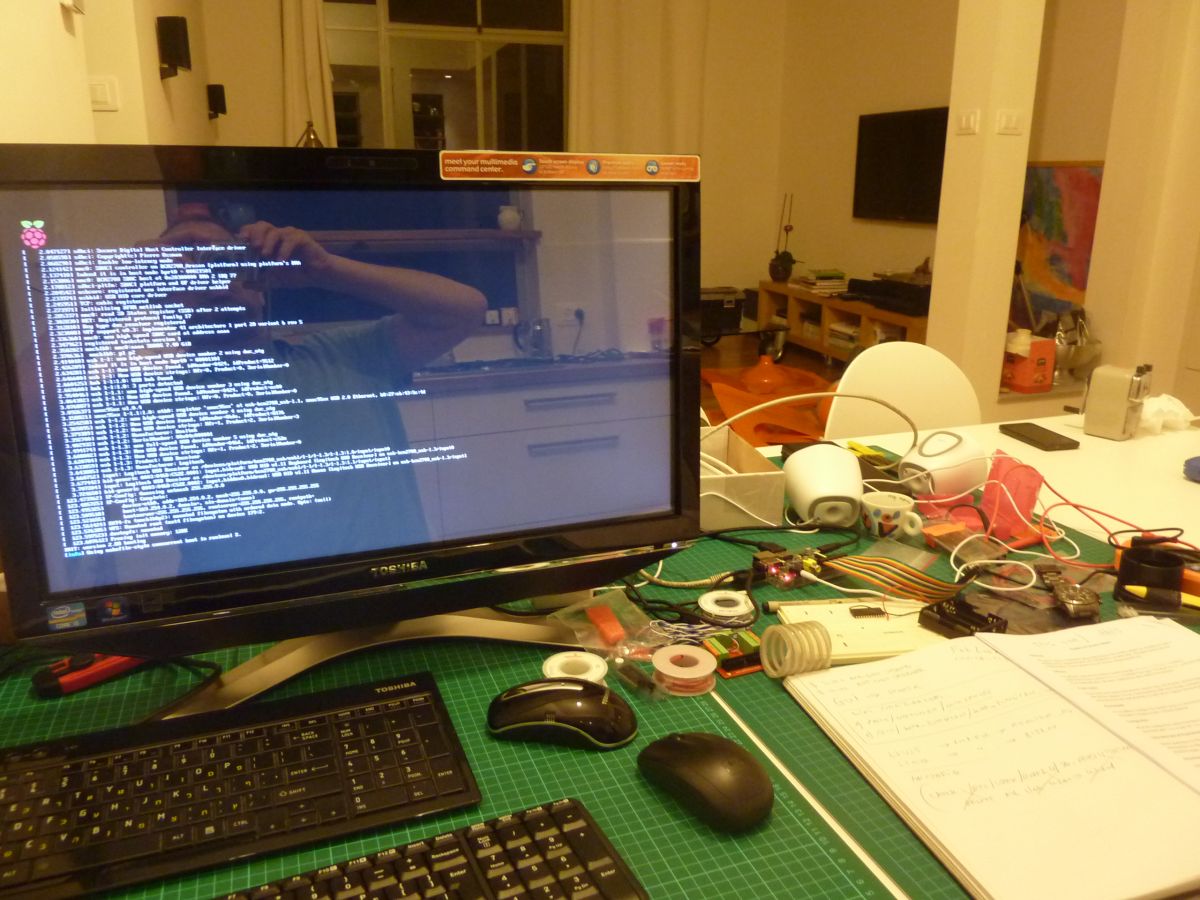
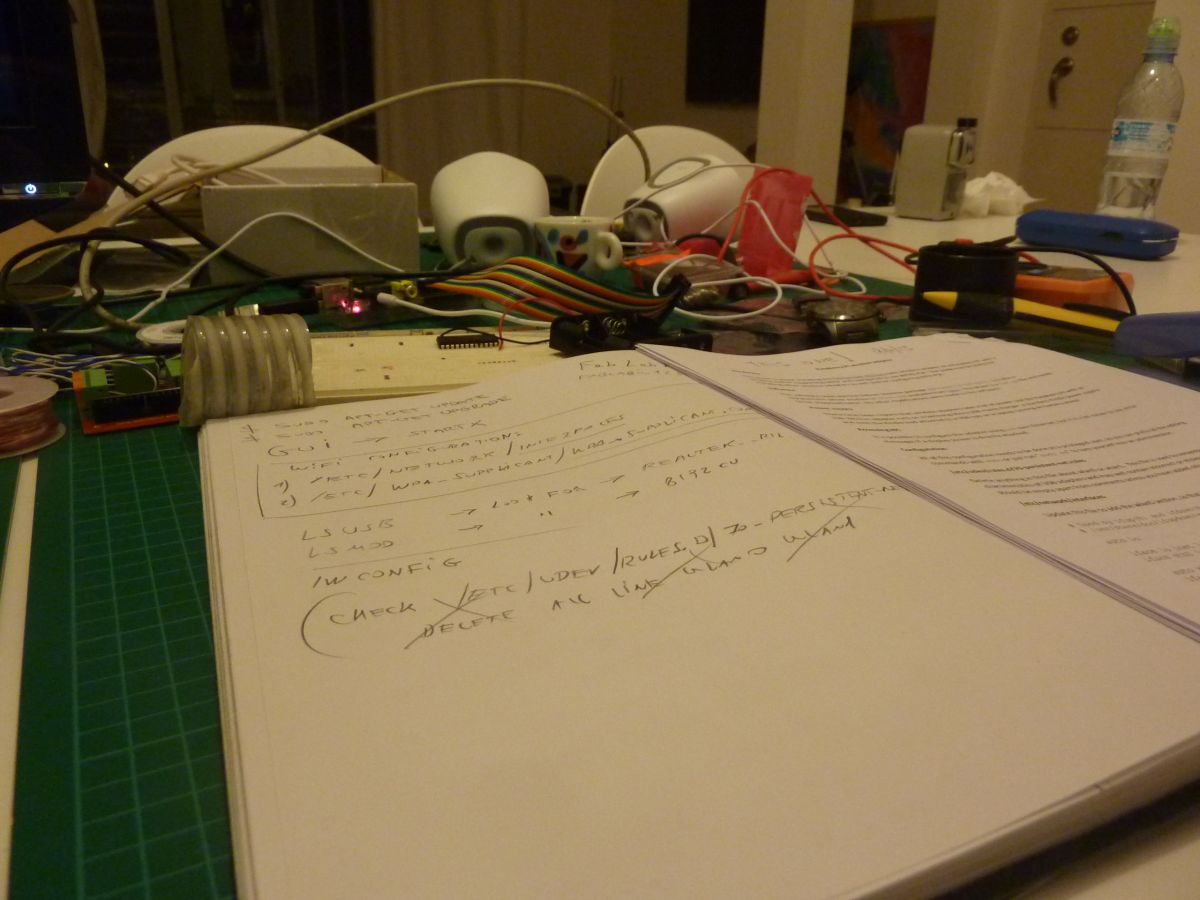
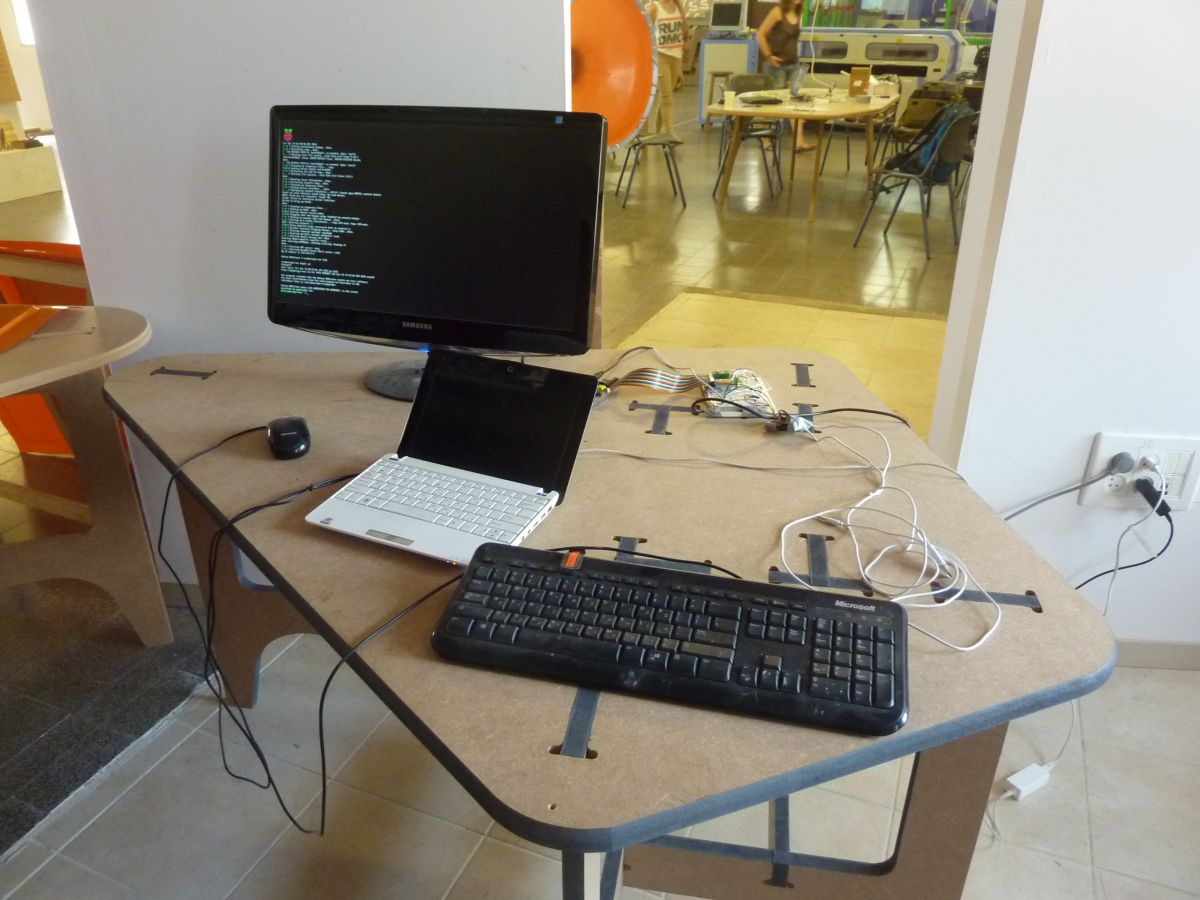
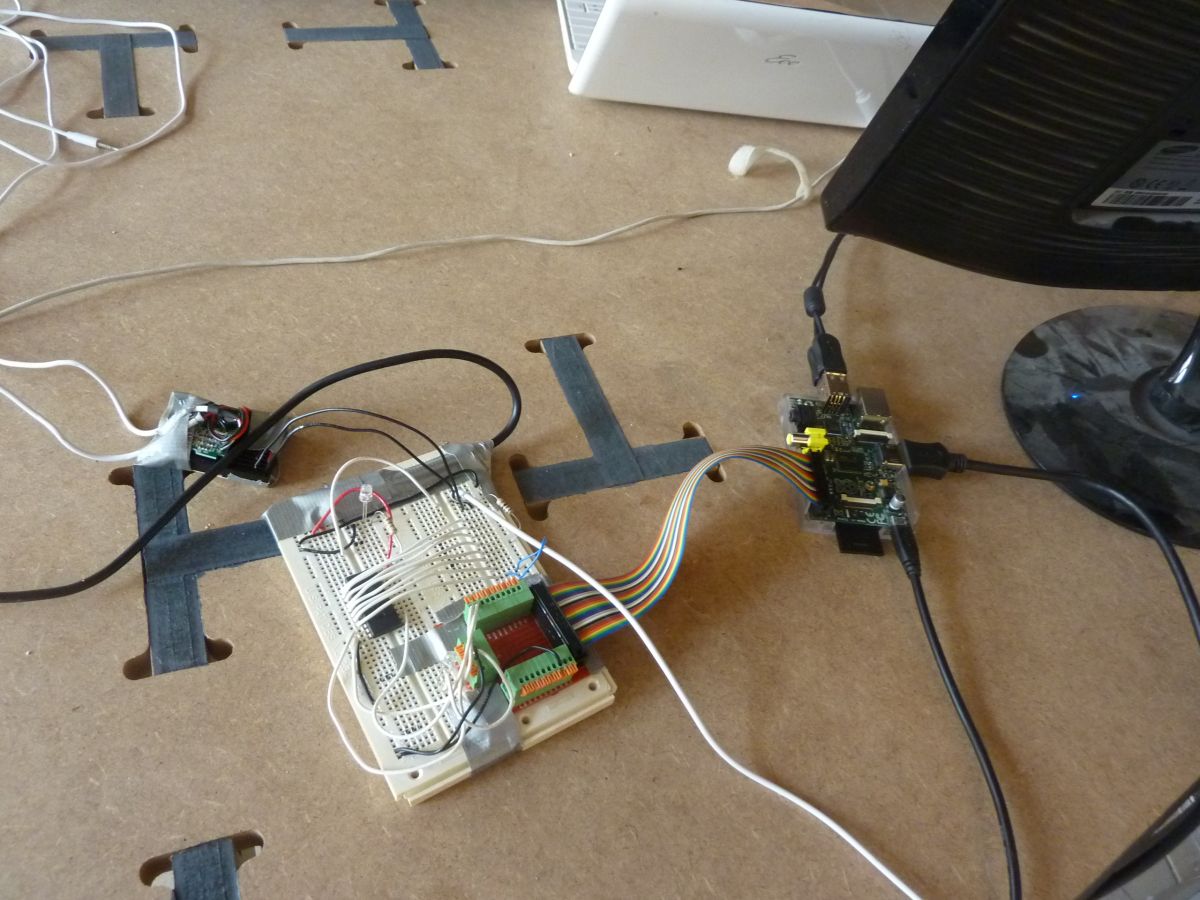
in short, the new API doesn't accept anonymous calls anymore. you have to be identified and authorized to get access to the API.
that means registering as a developer.
after the registration, you receive 4 strings of codes that will allow you to interact with the API:
first of all, you have to have a regular tweeter account. after that go to the
developers page>
and follow the process shown below:
